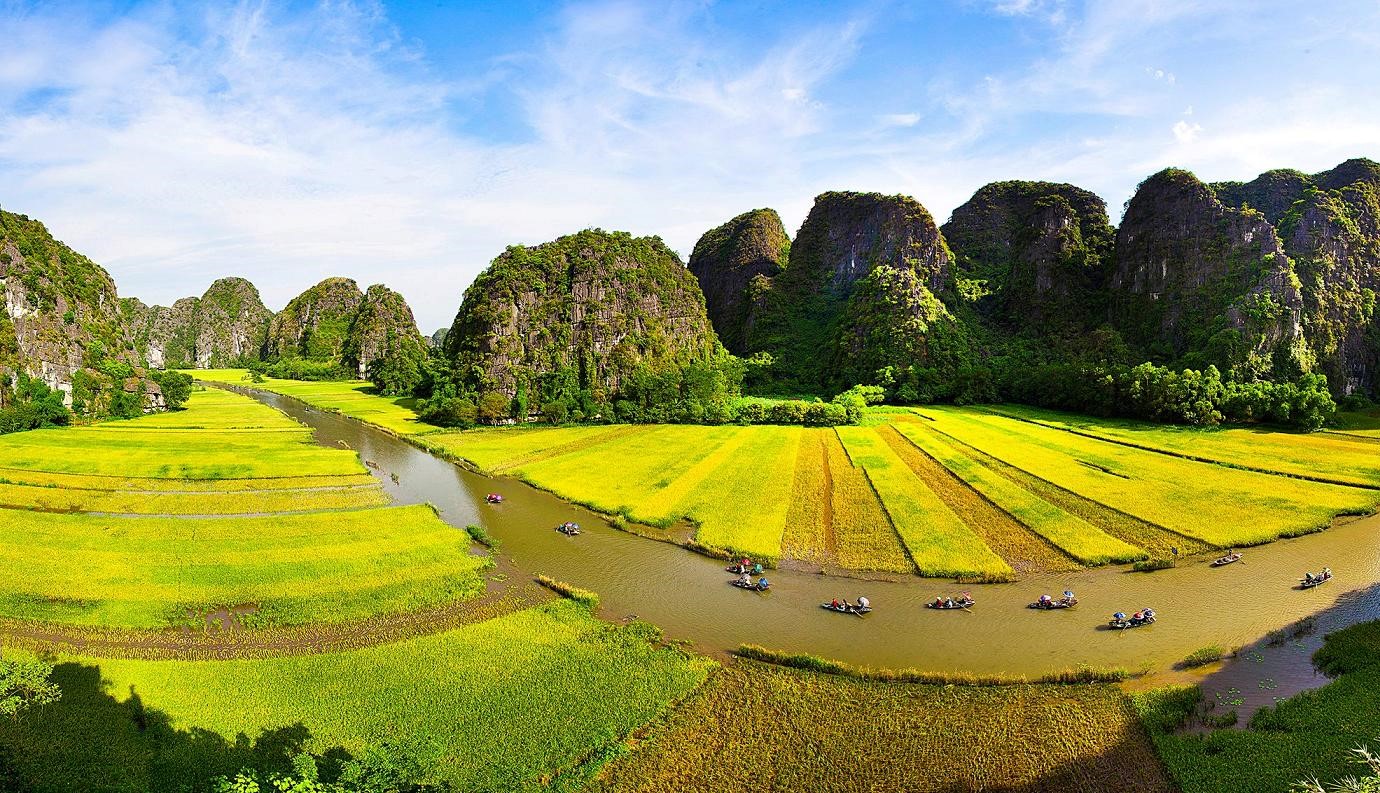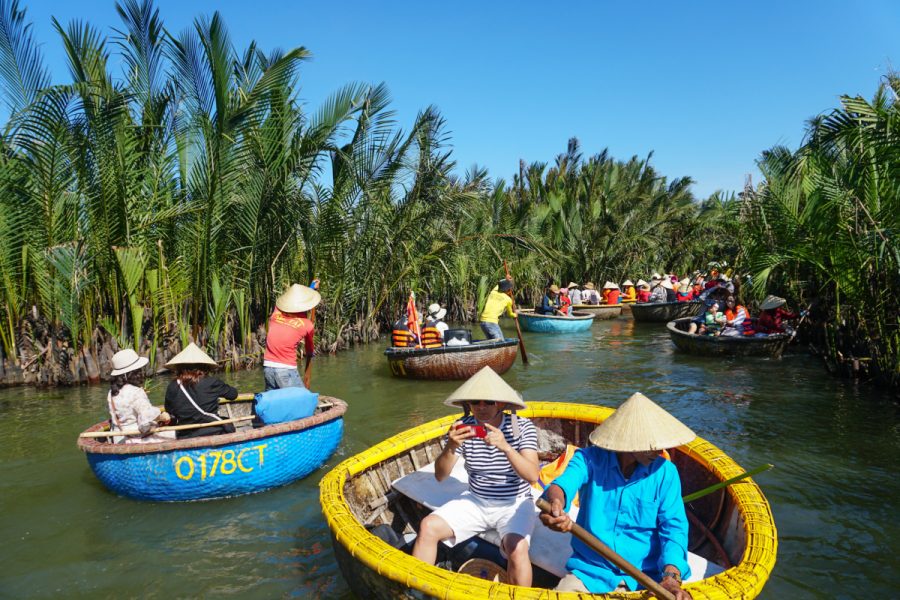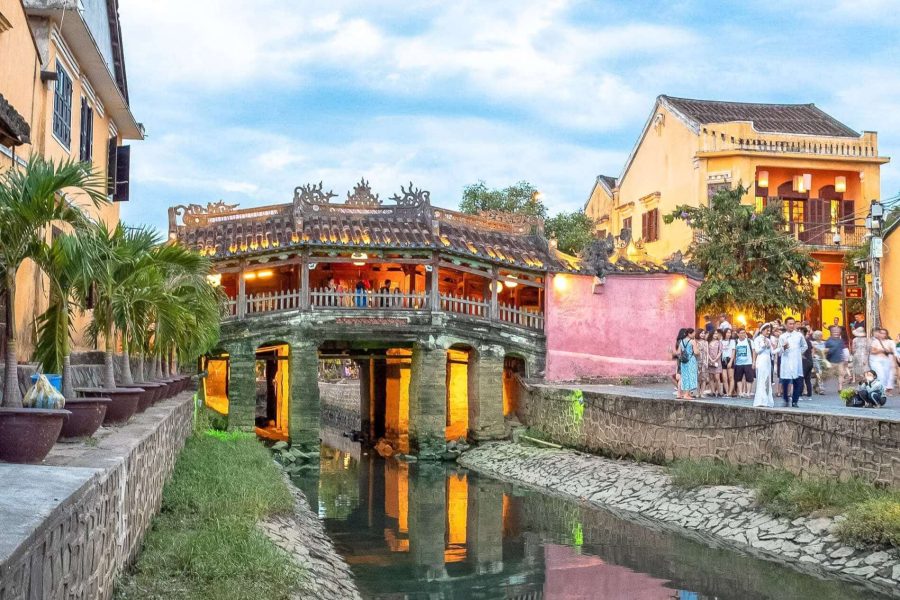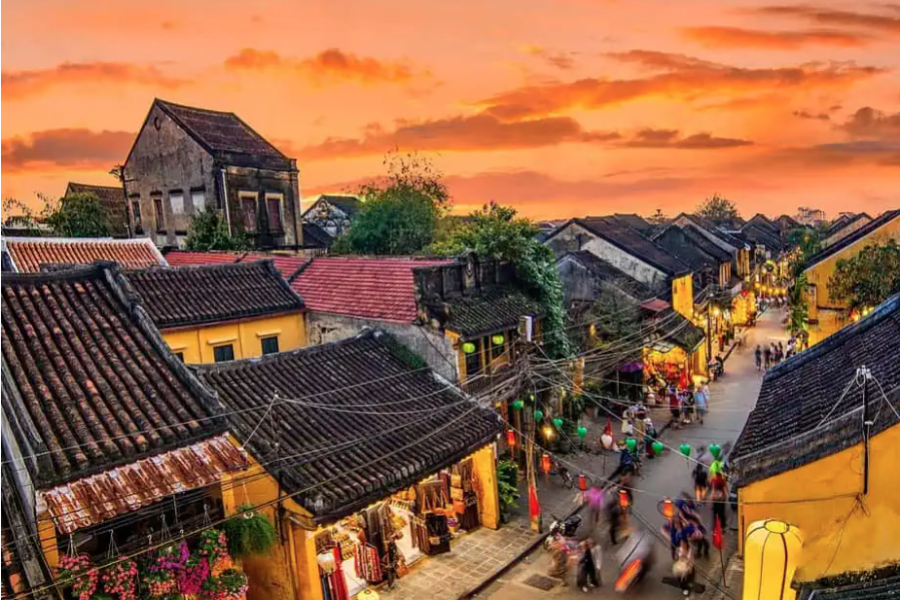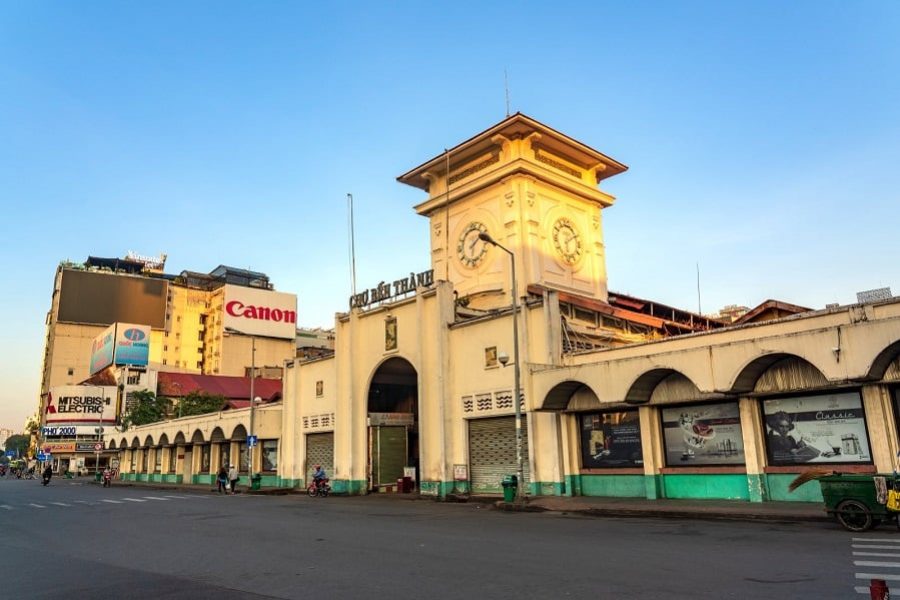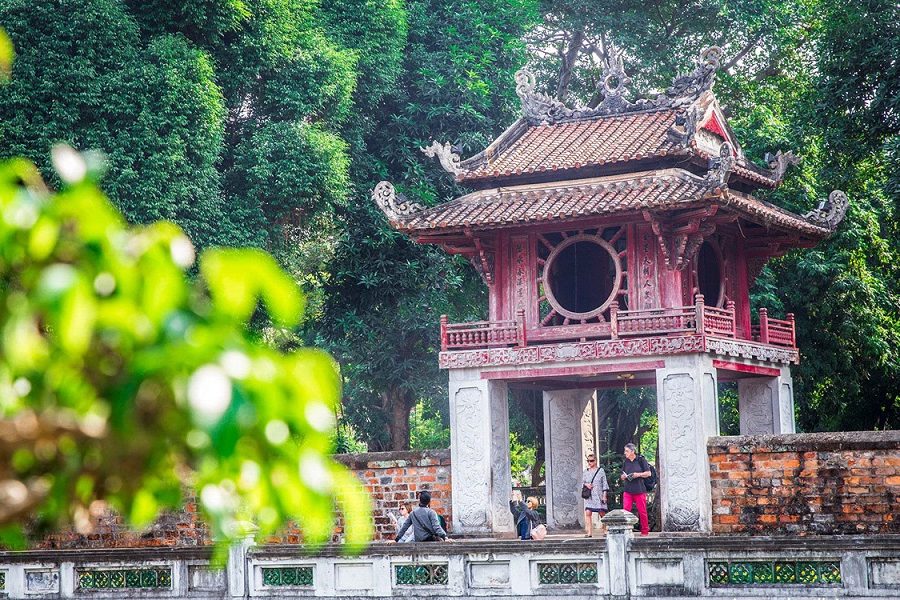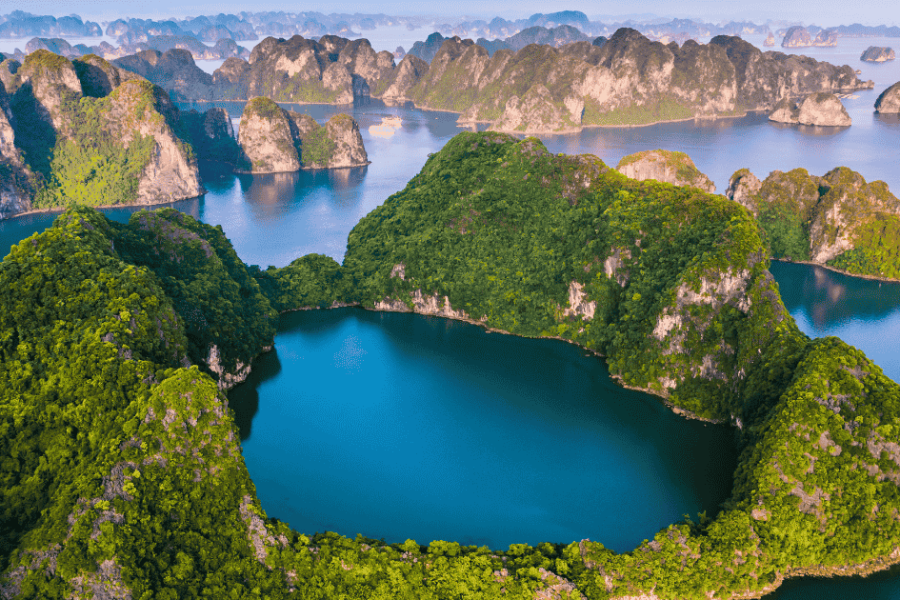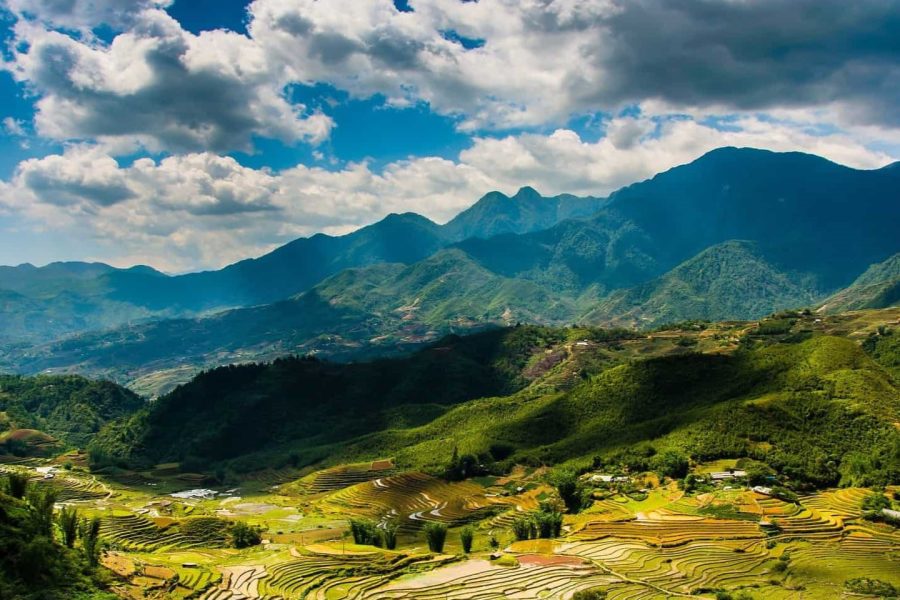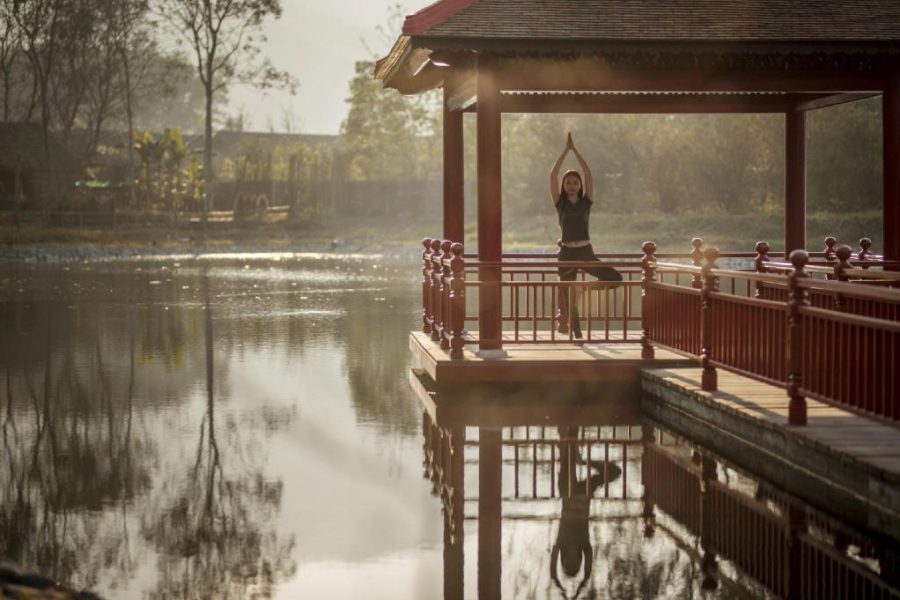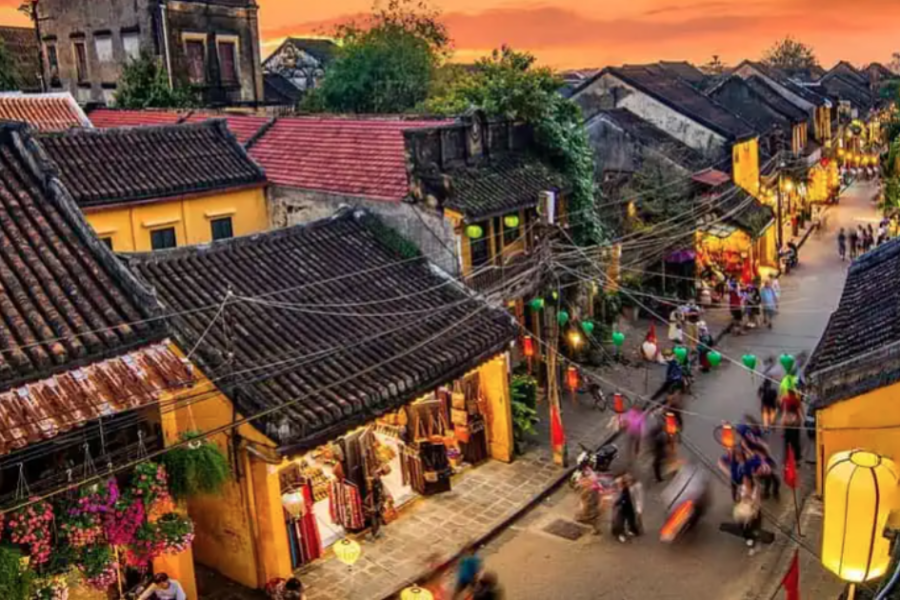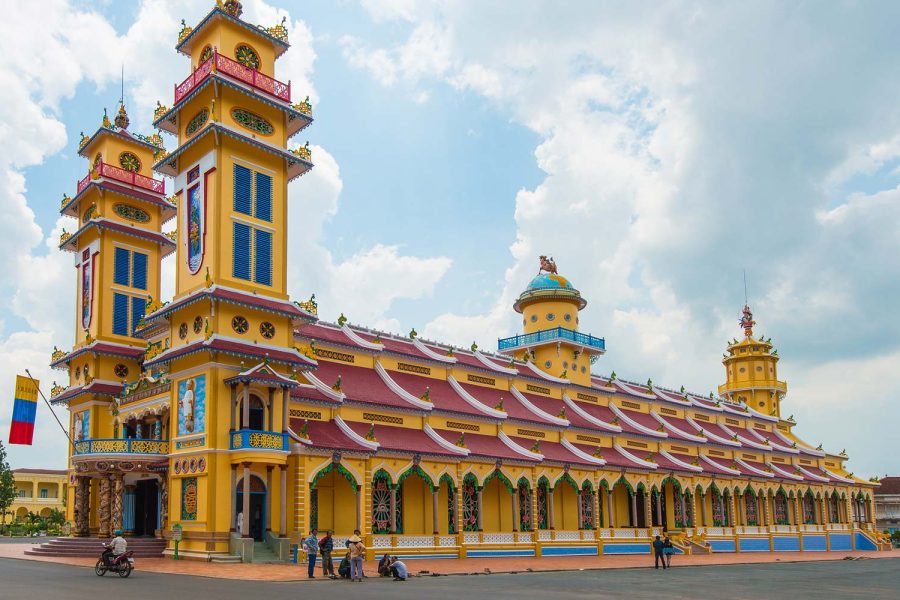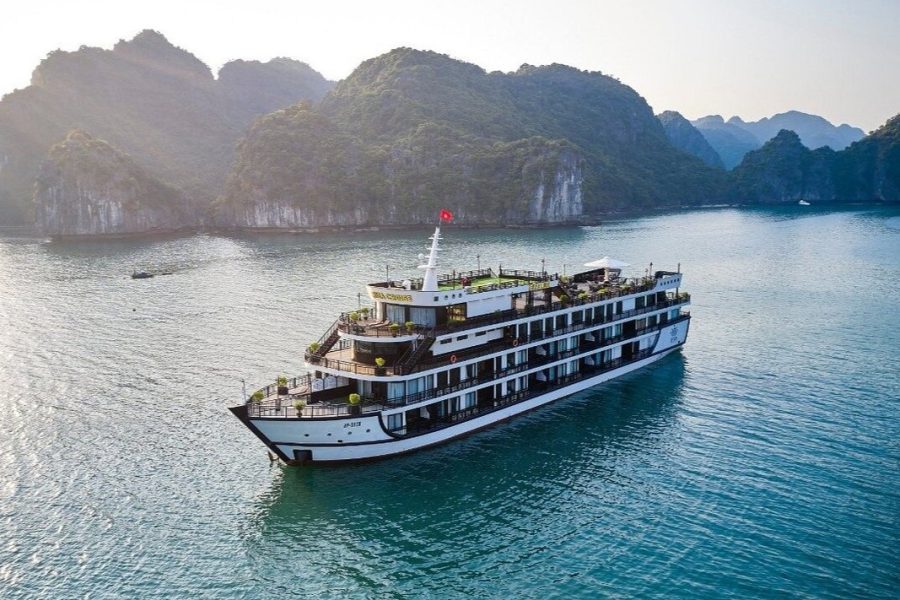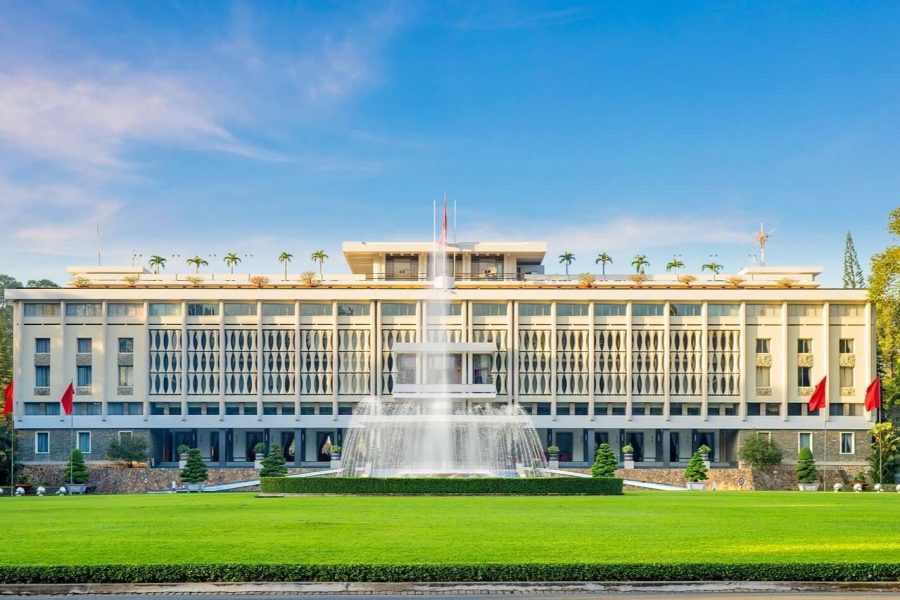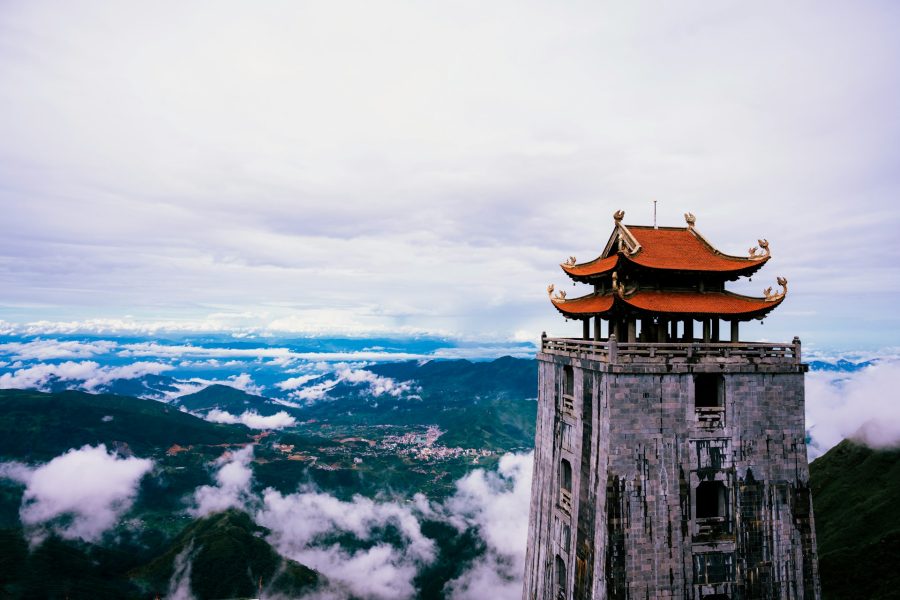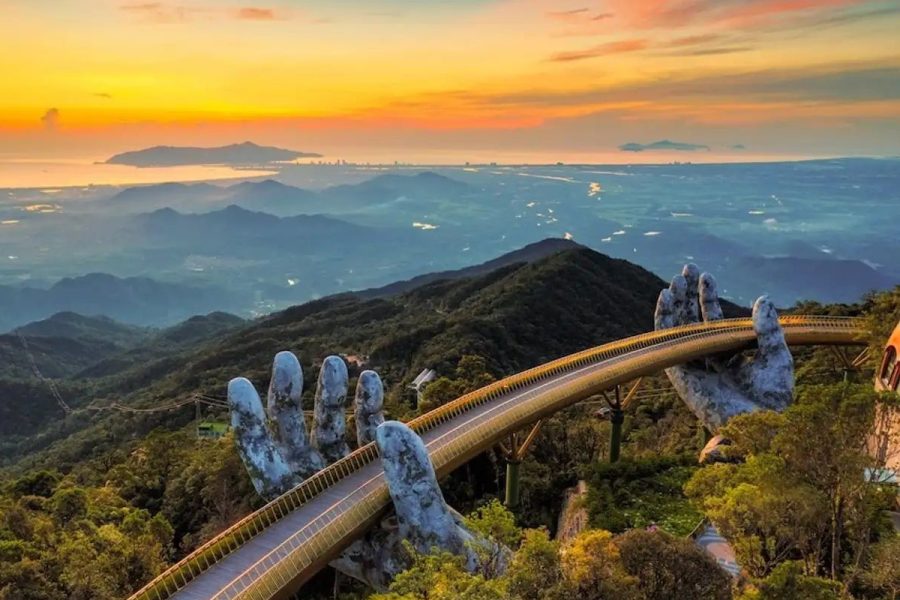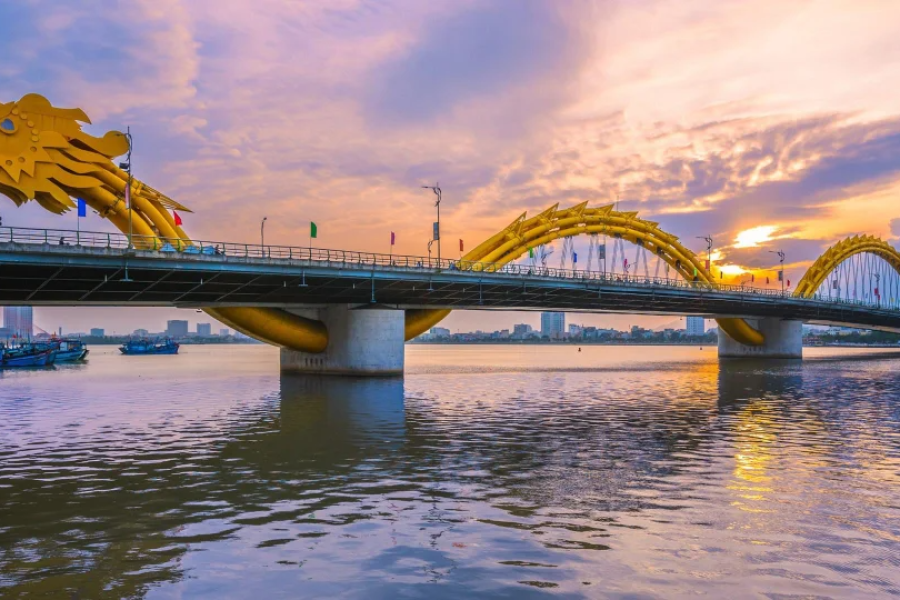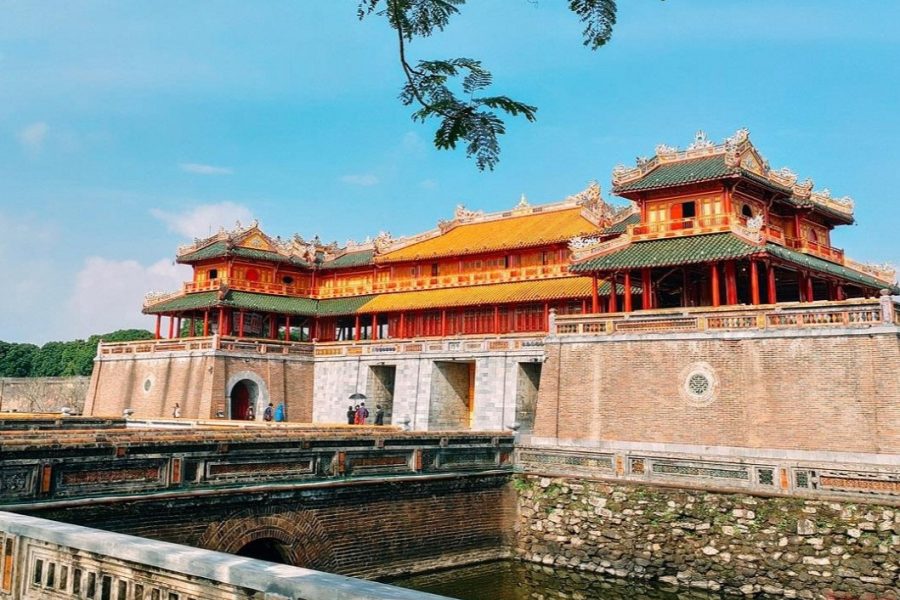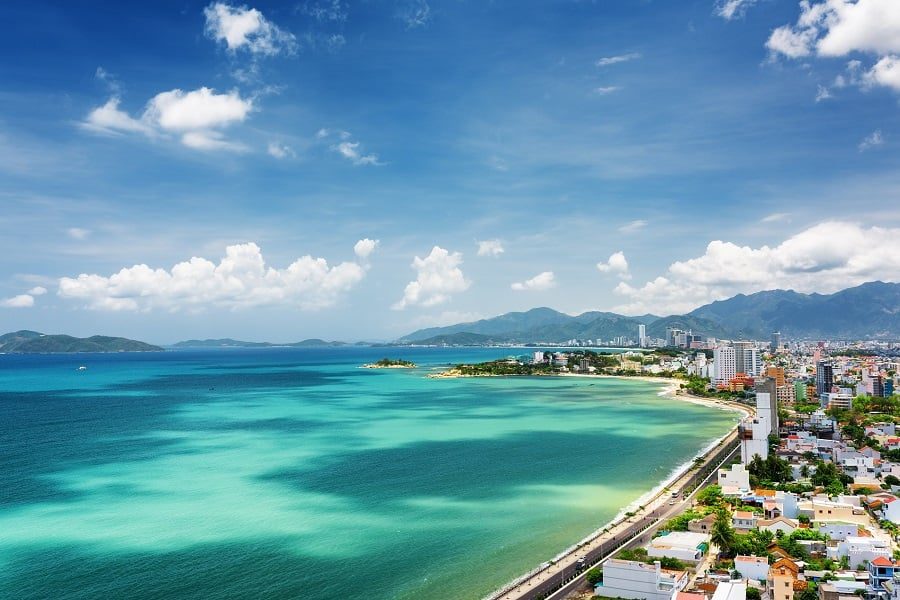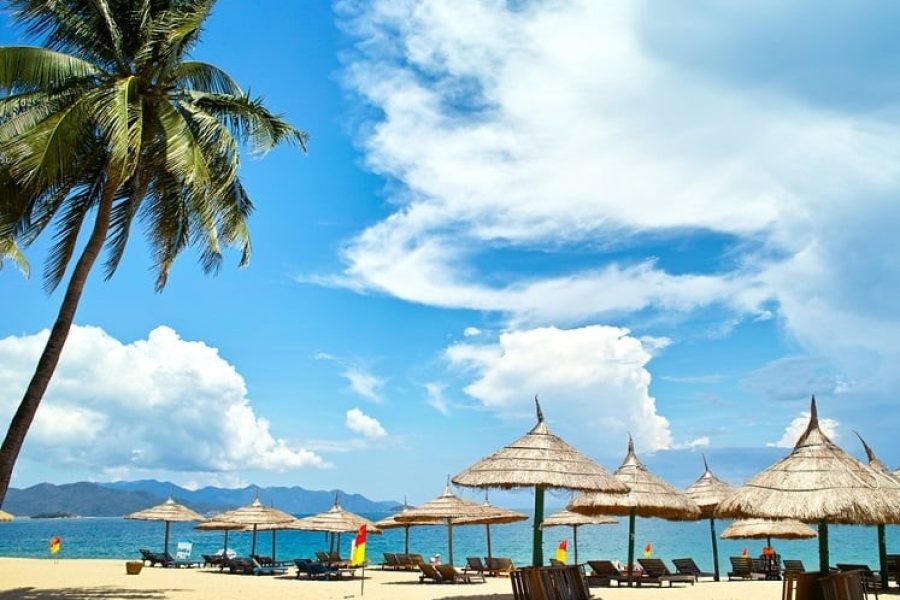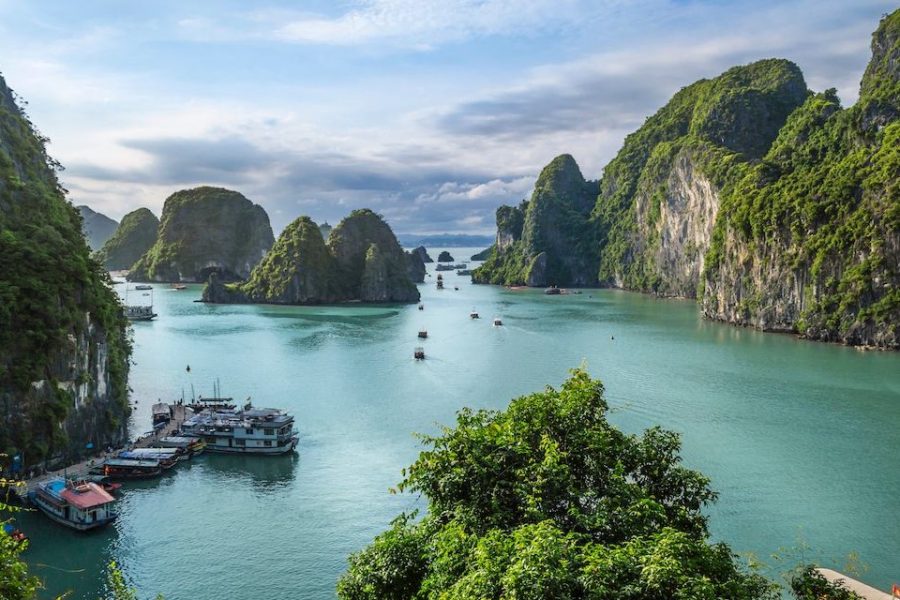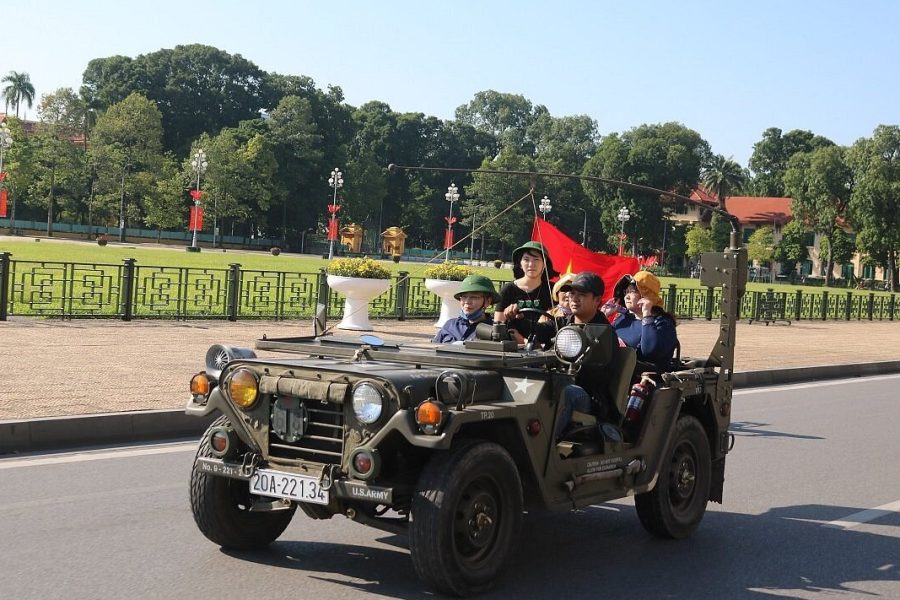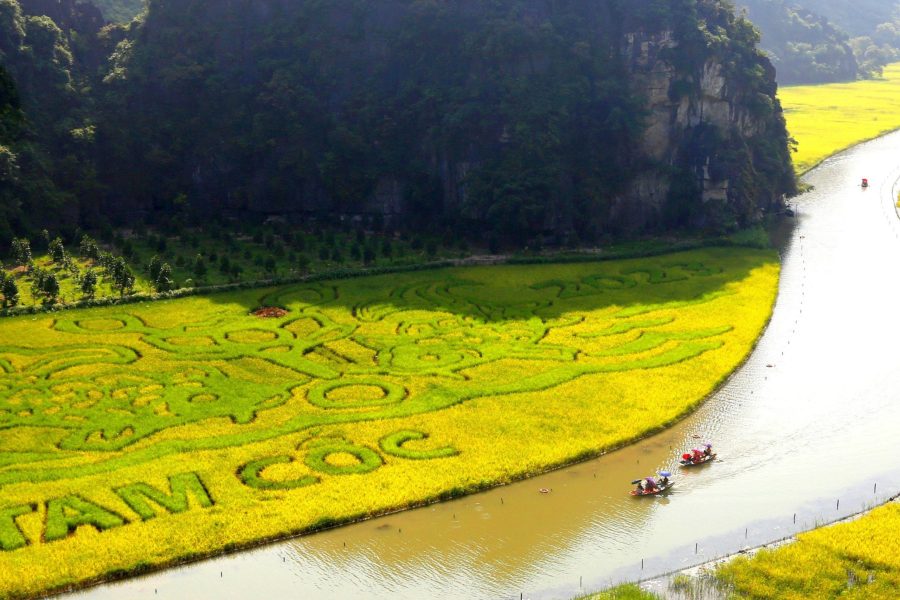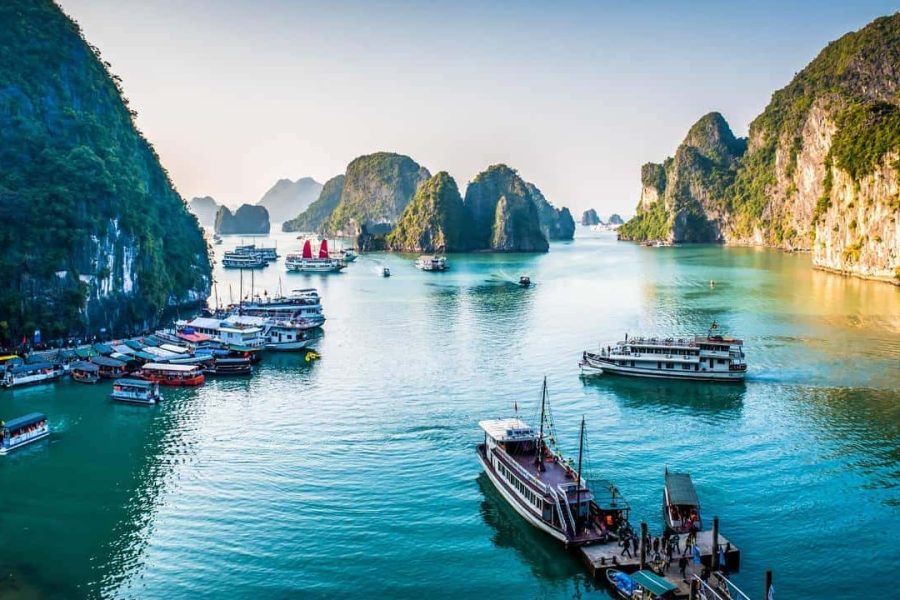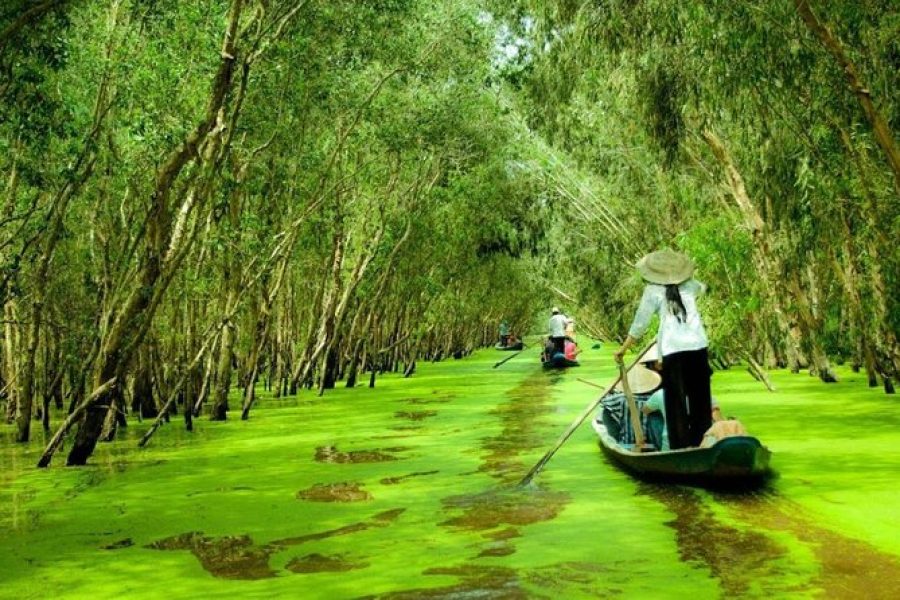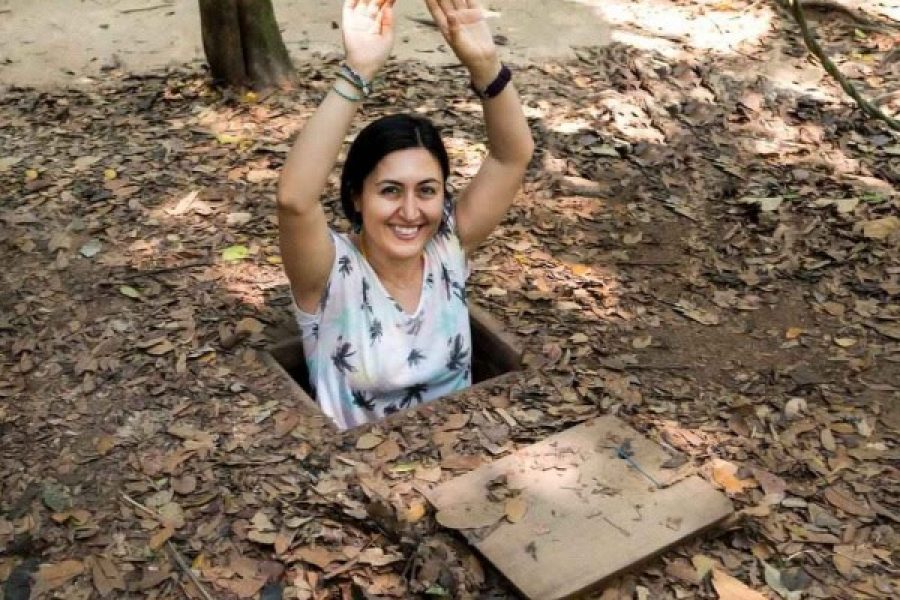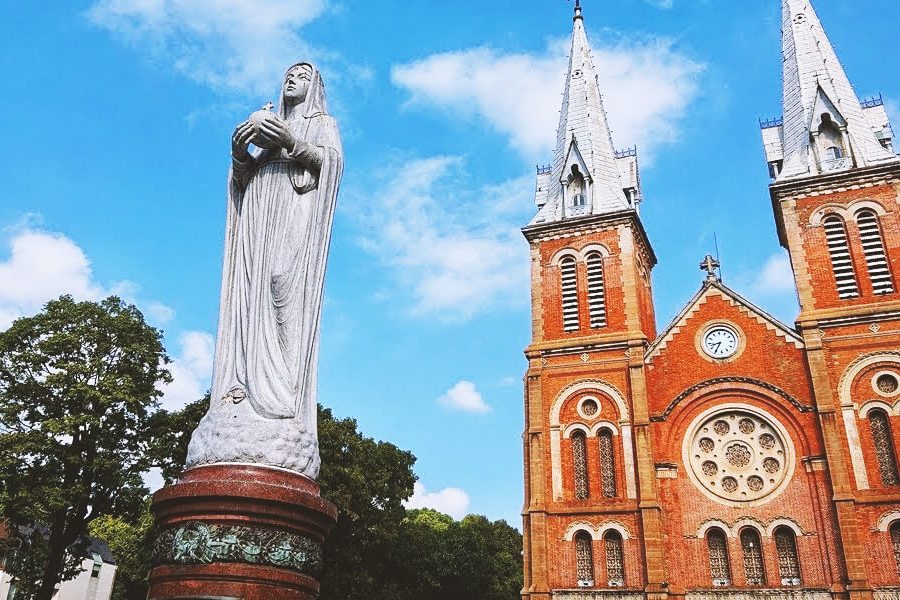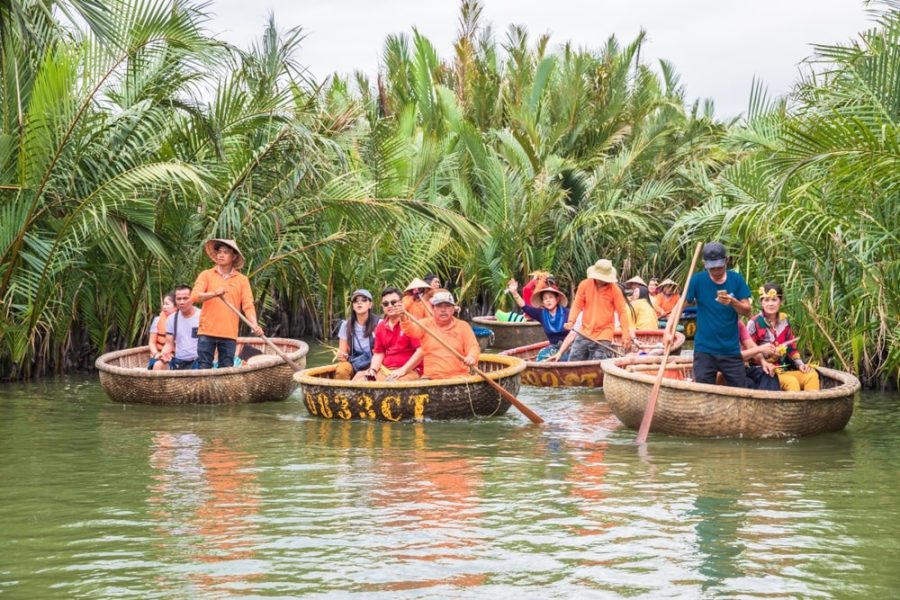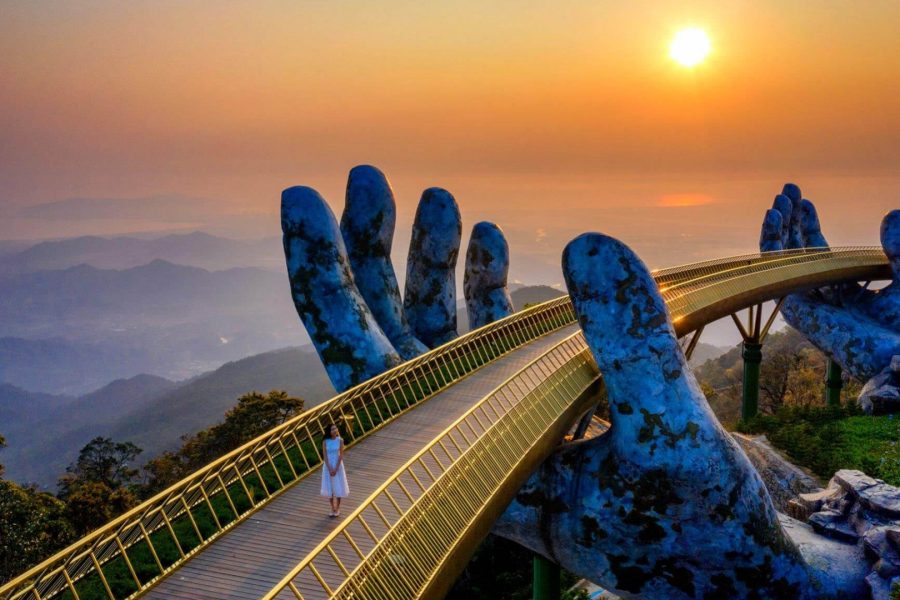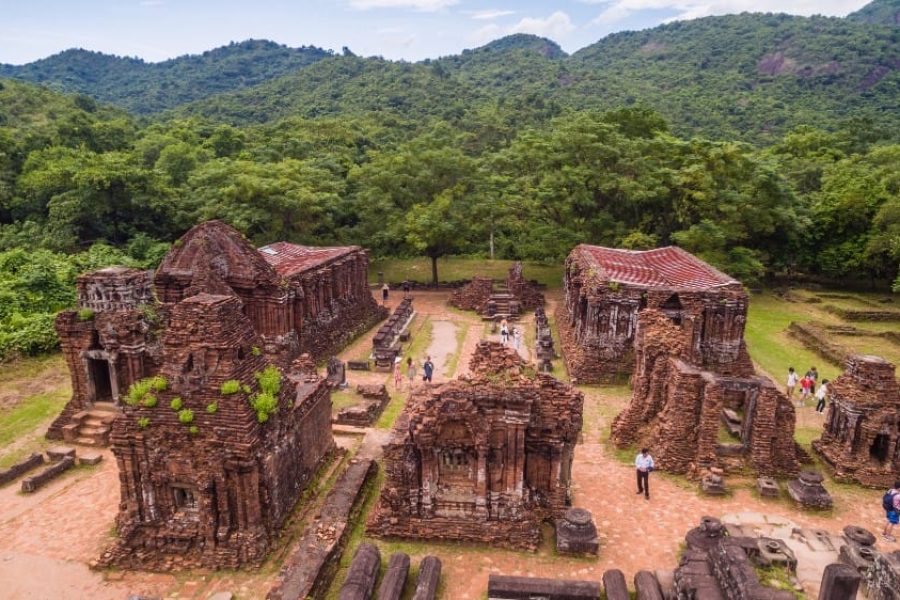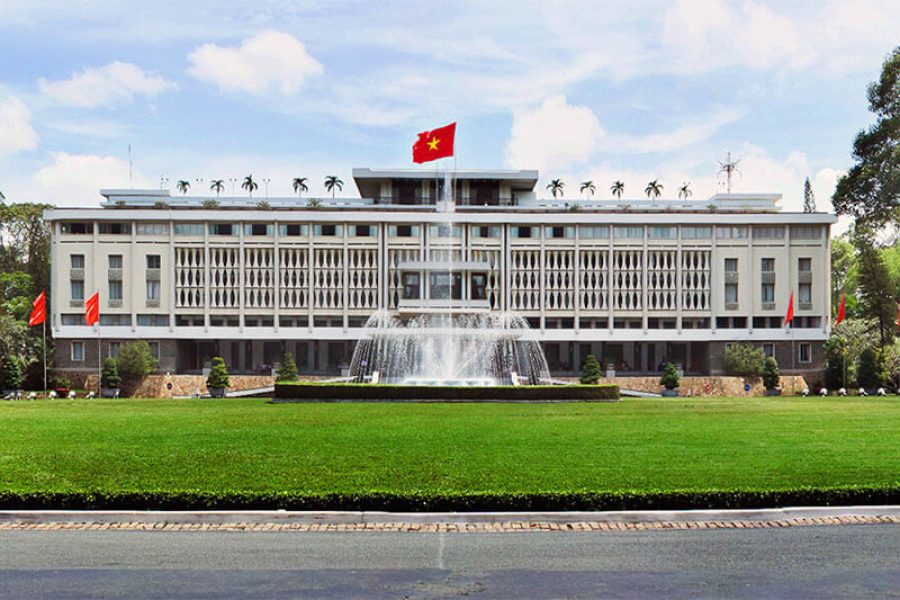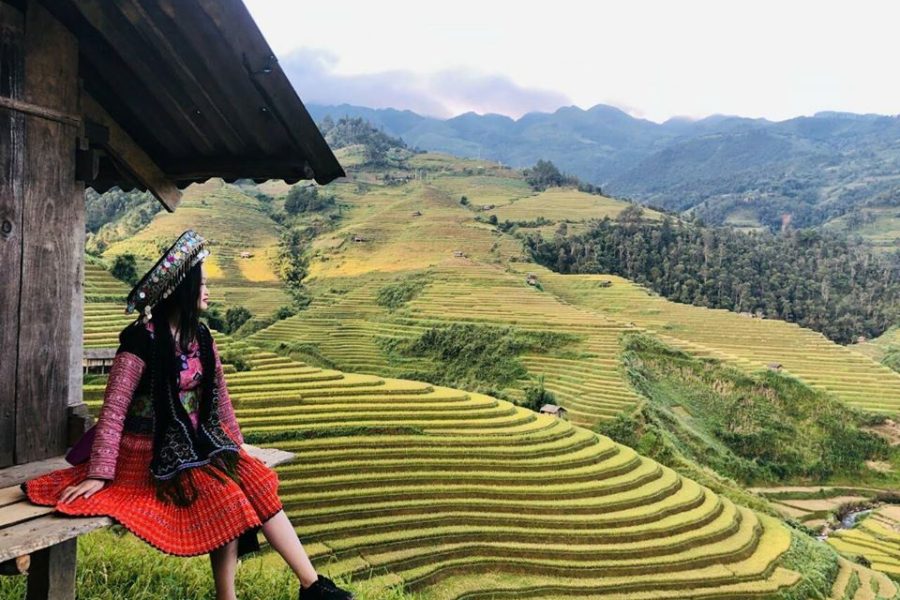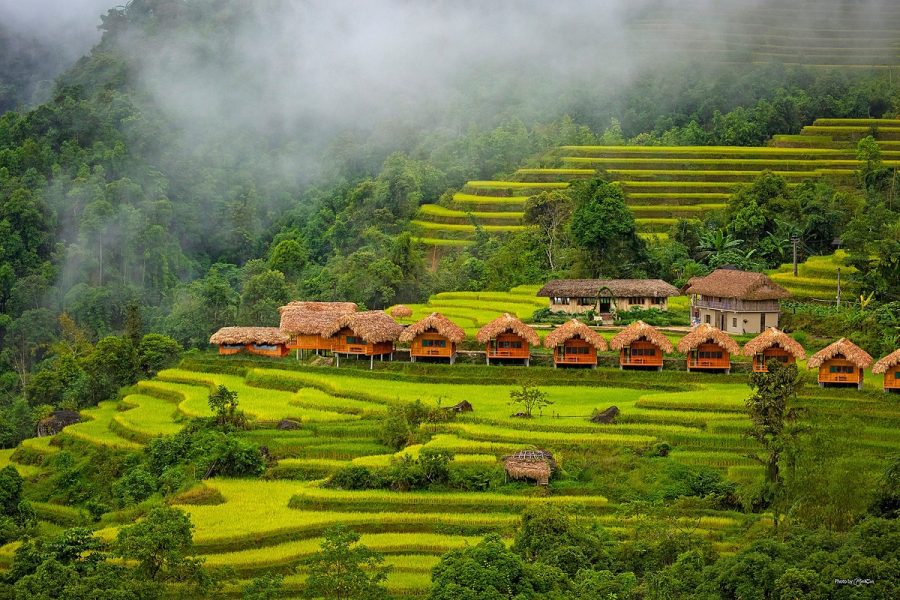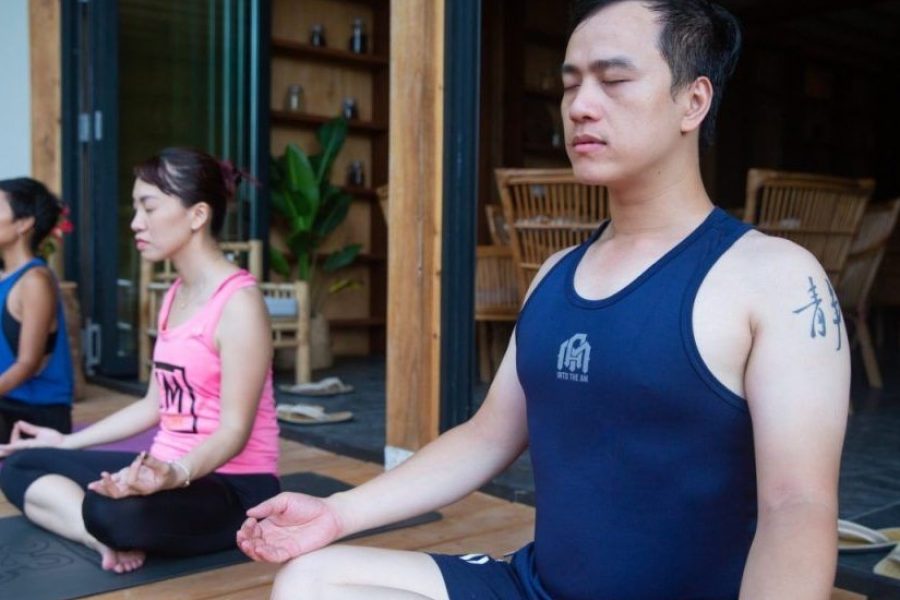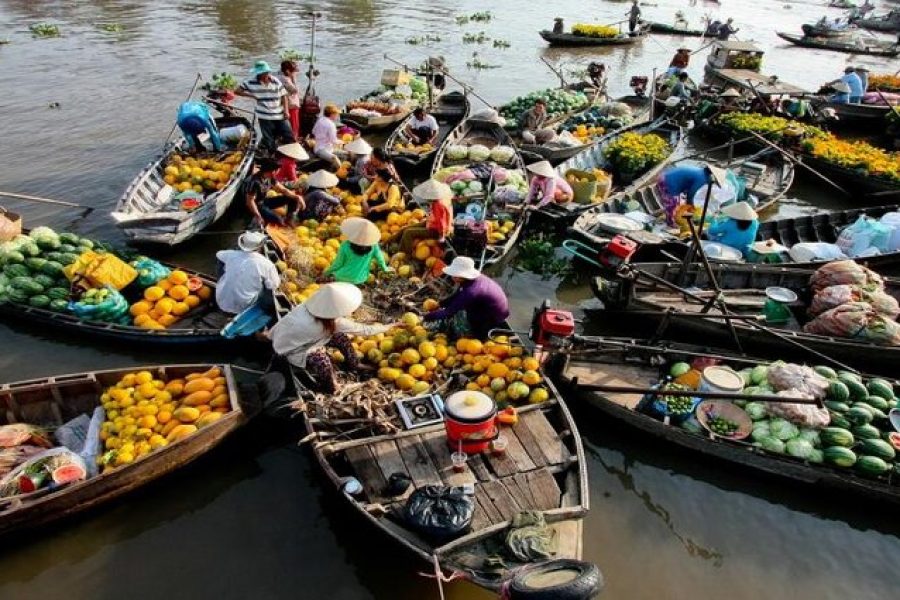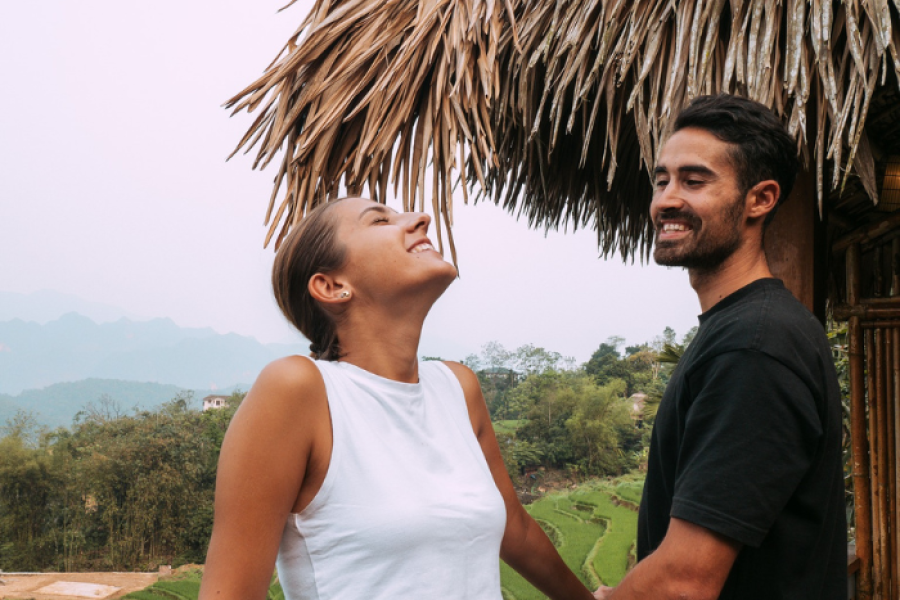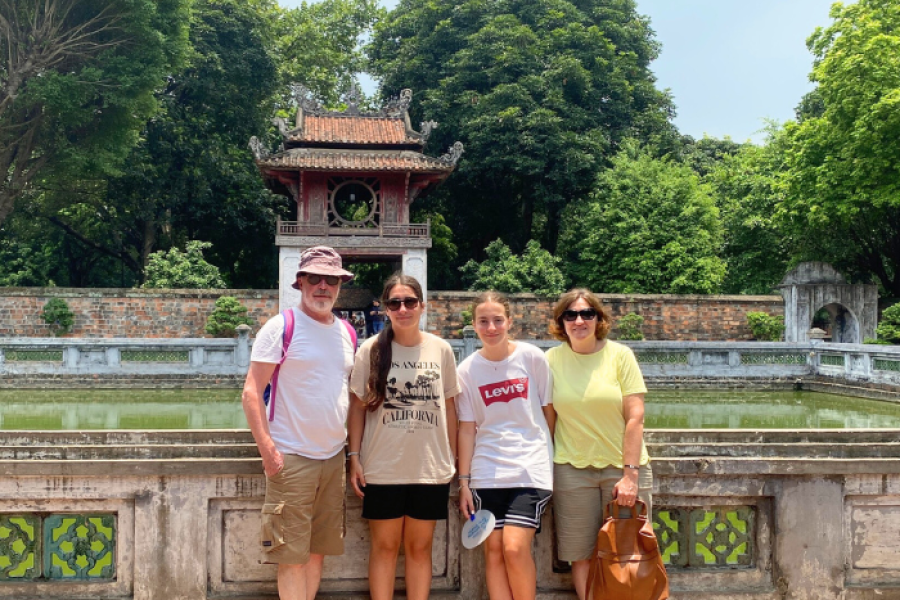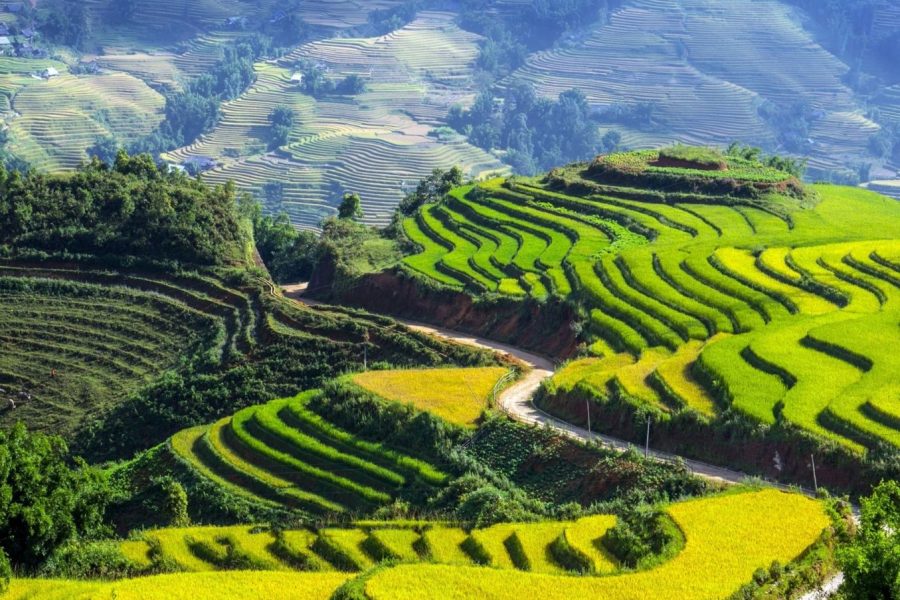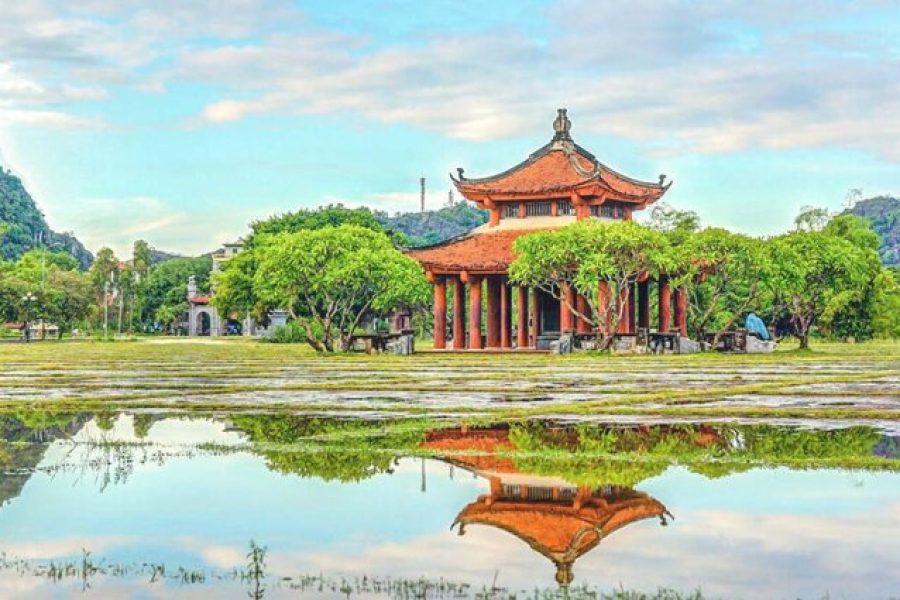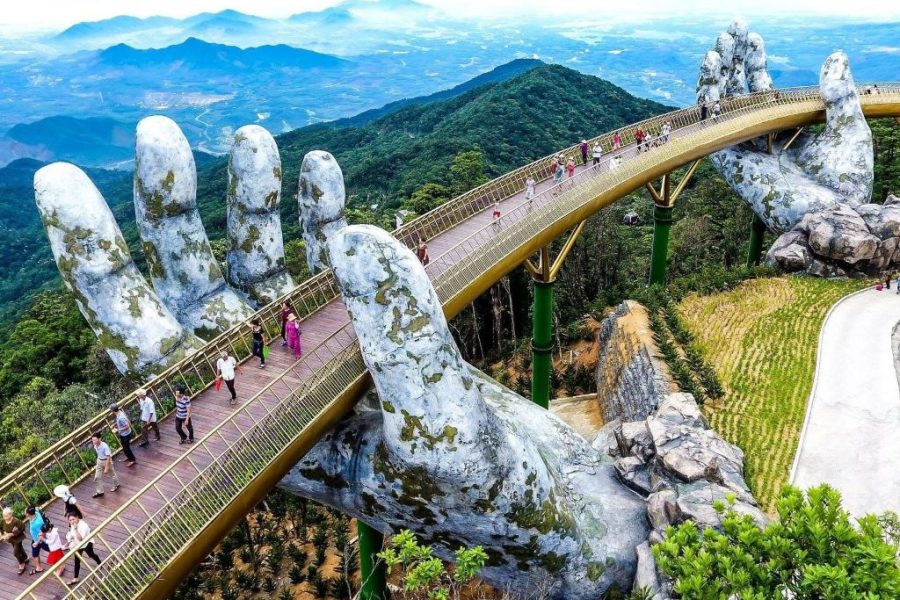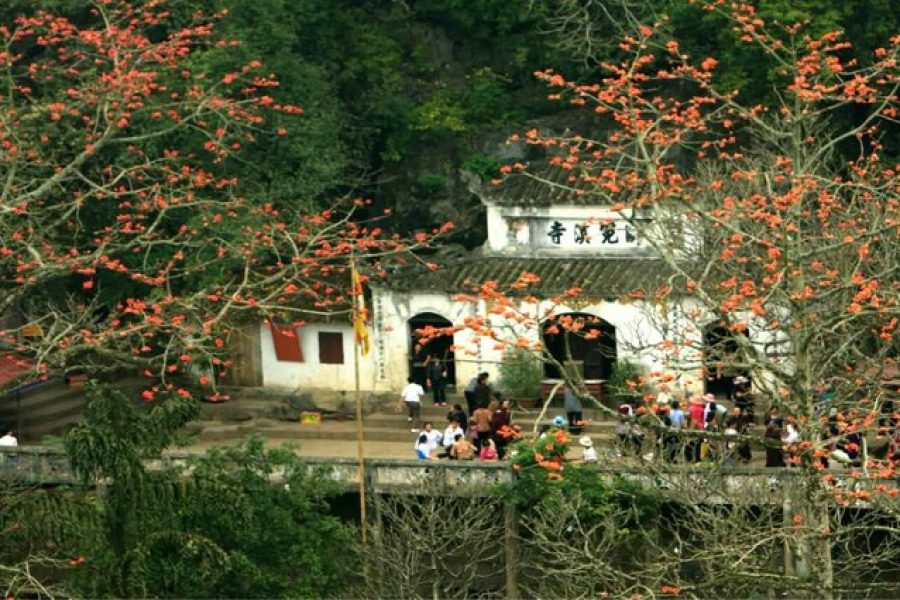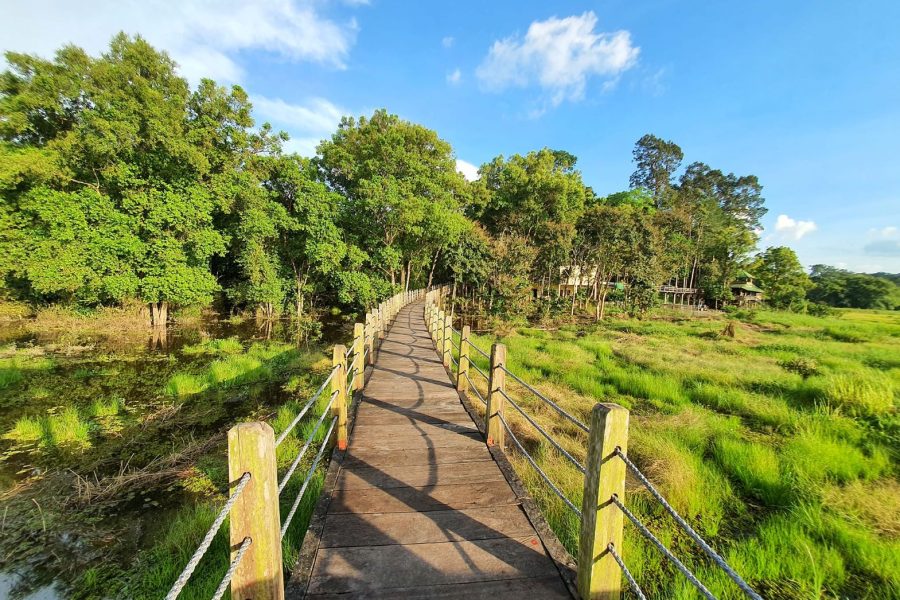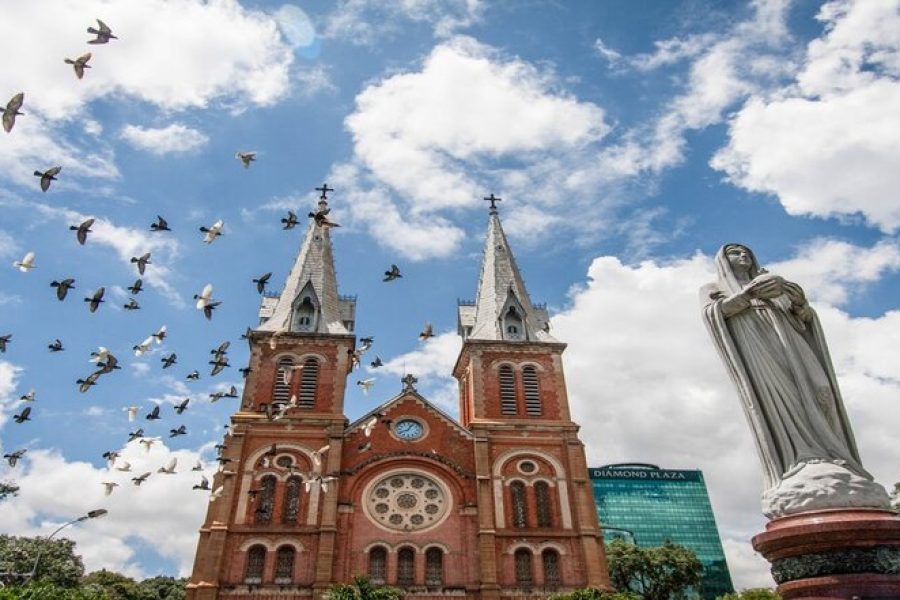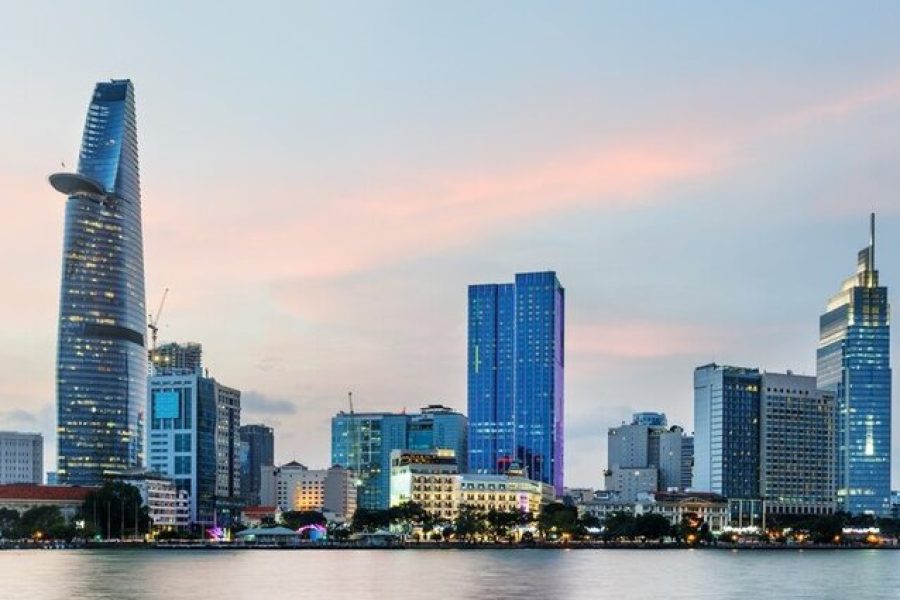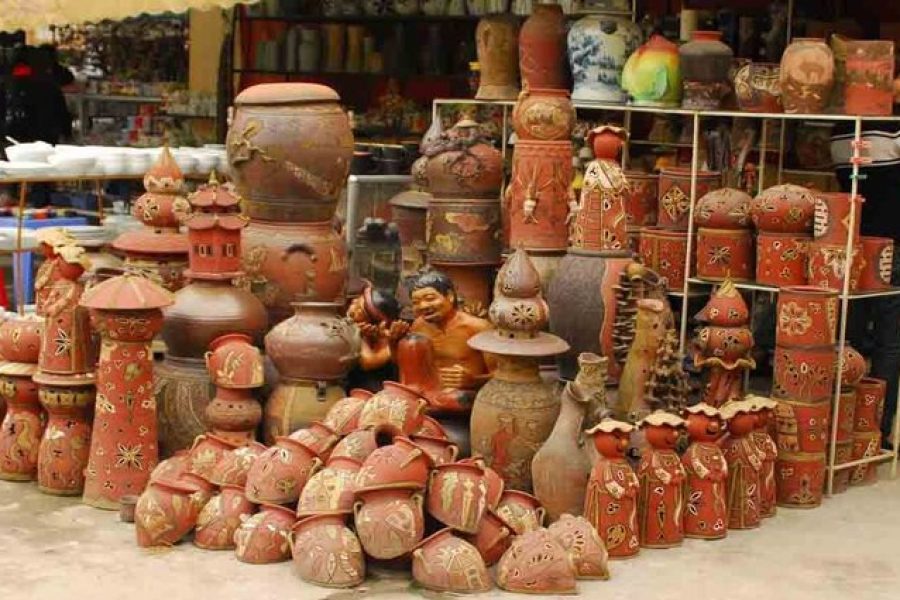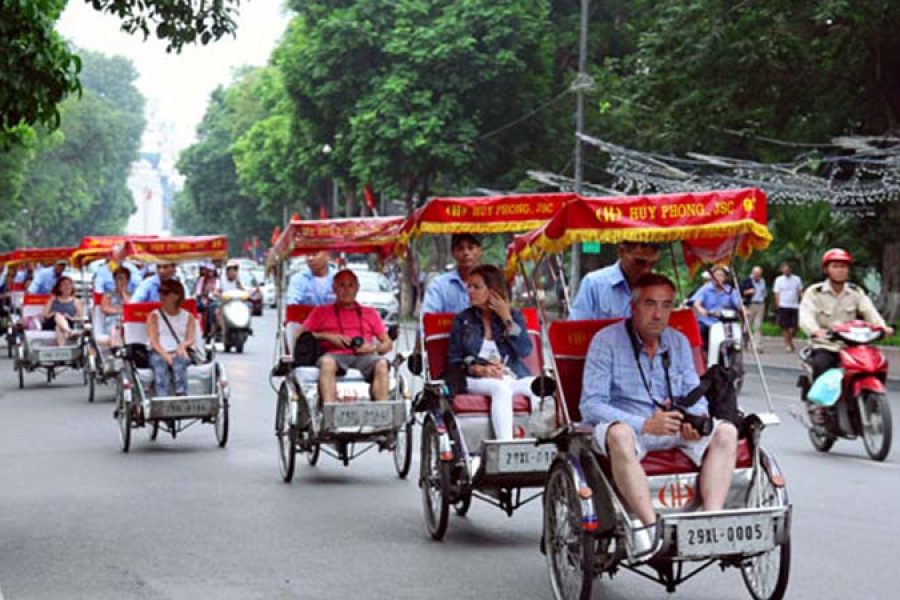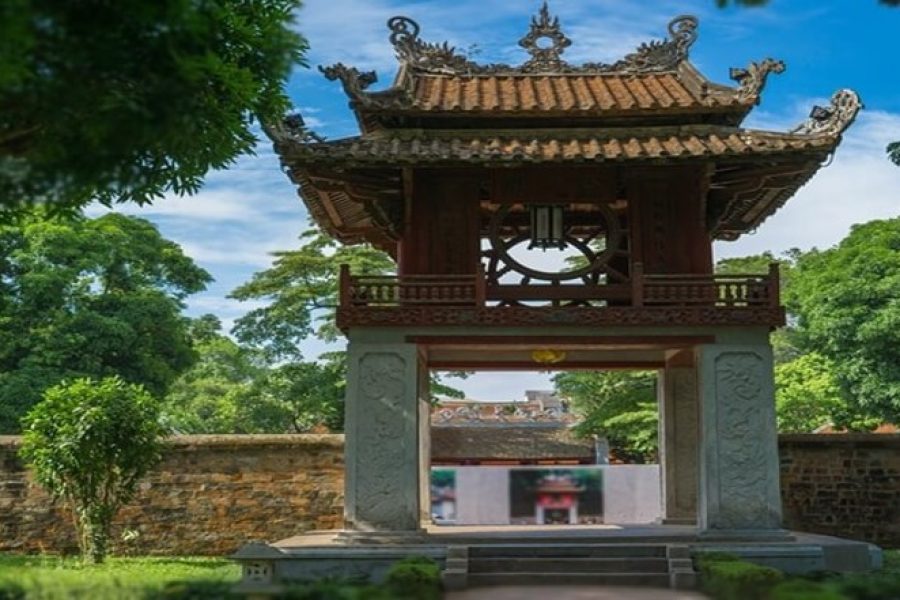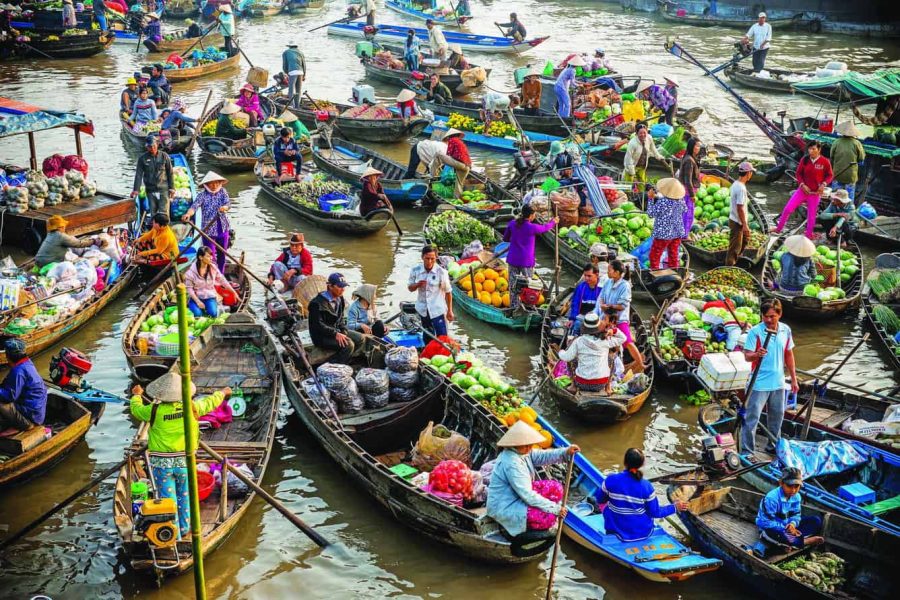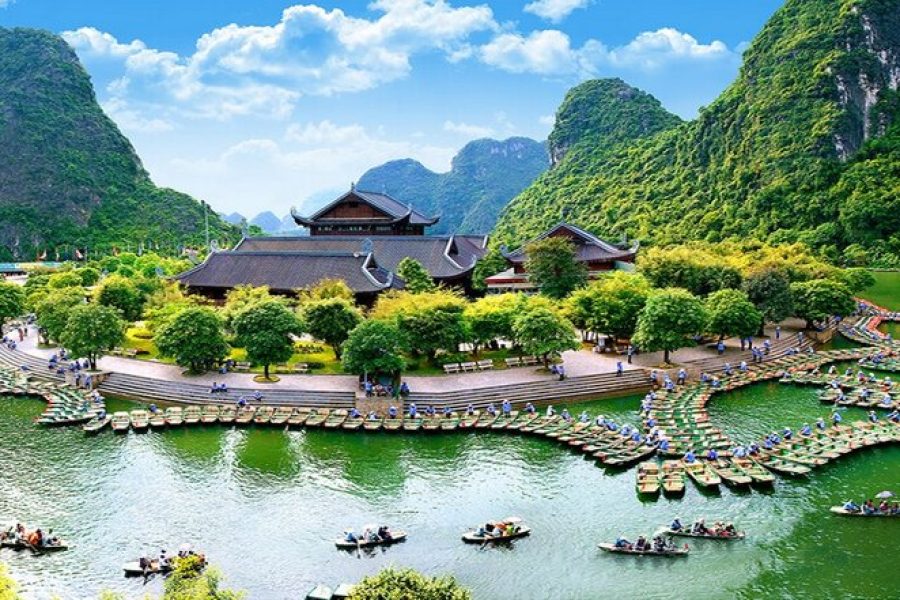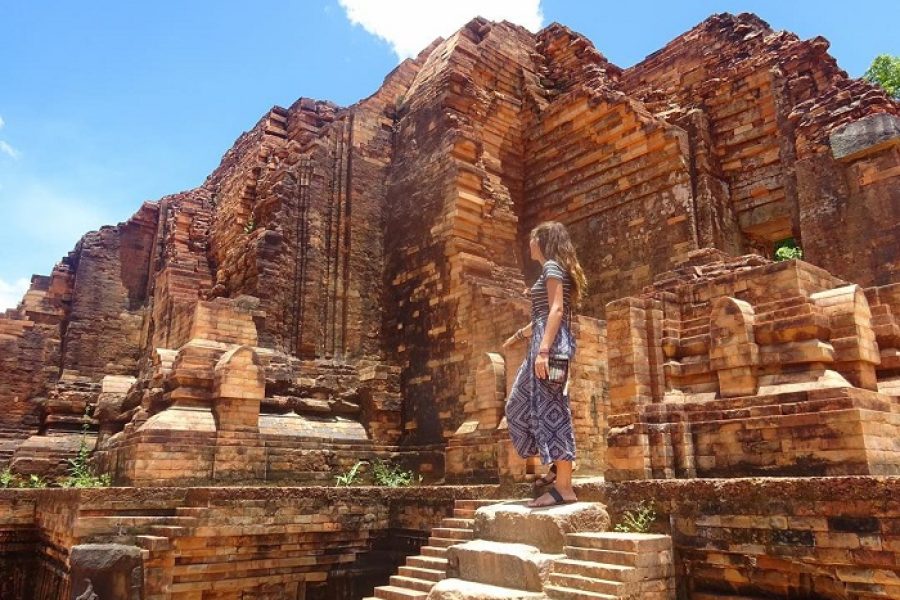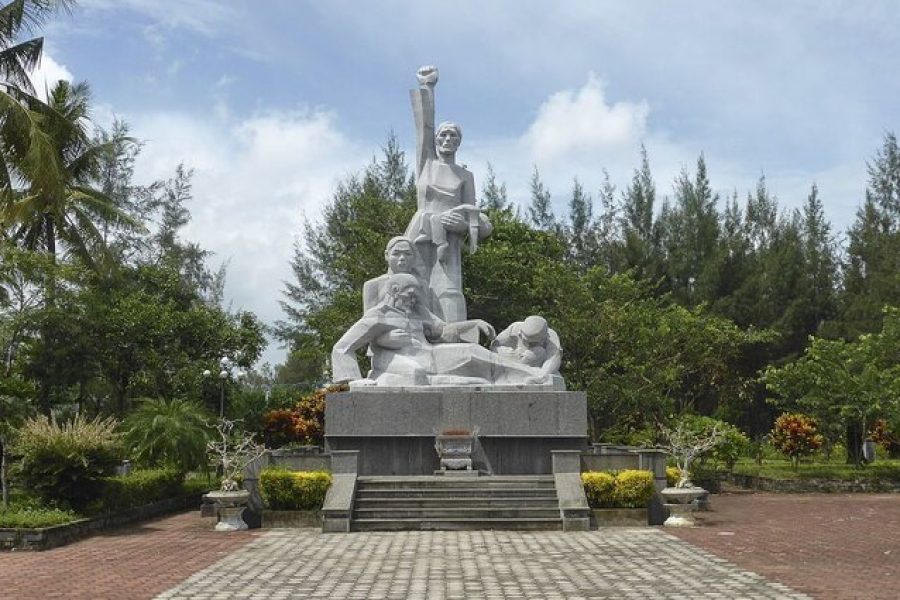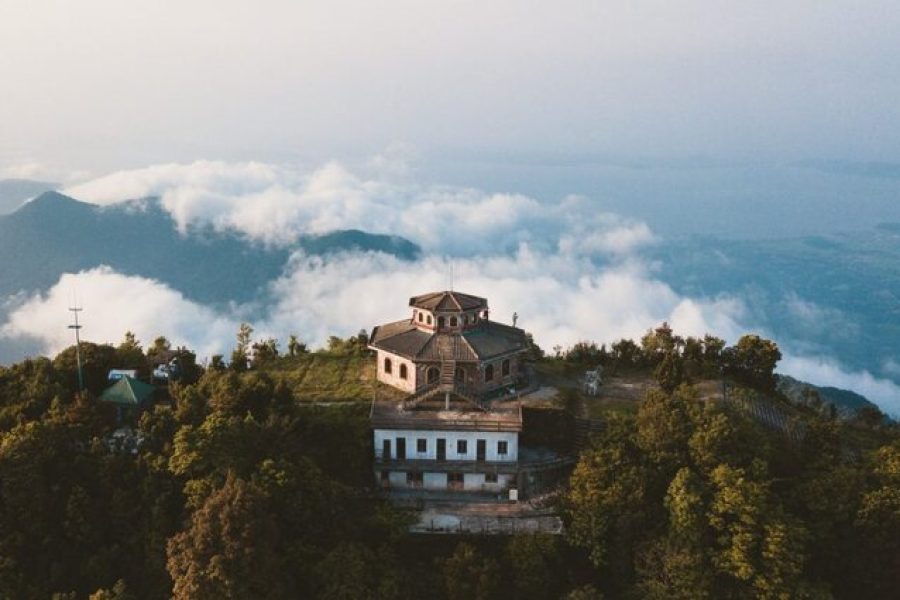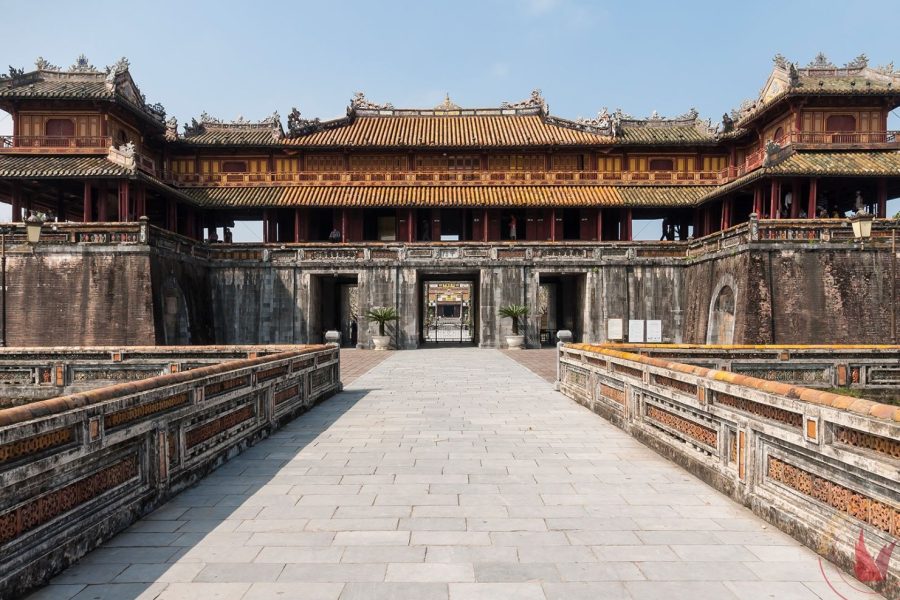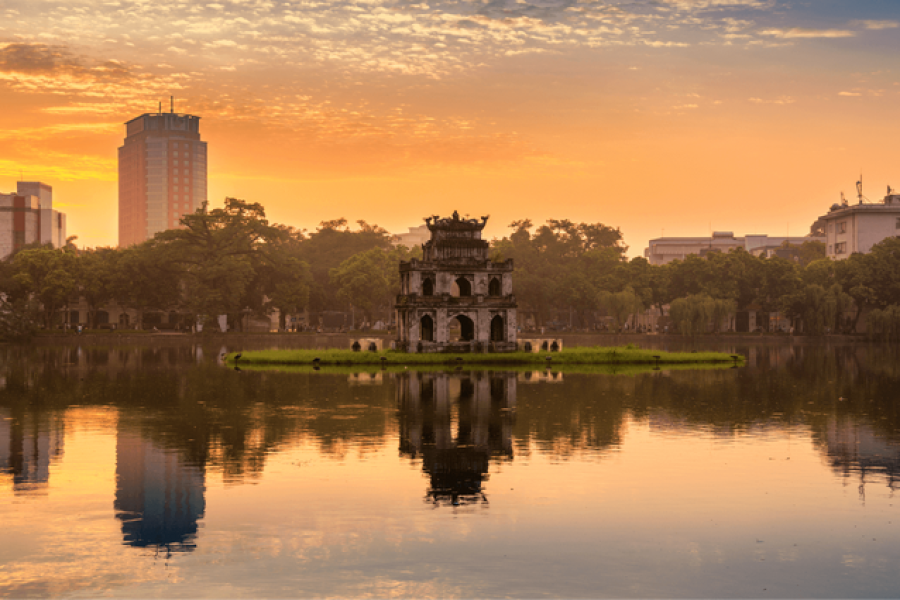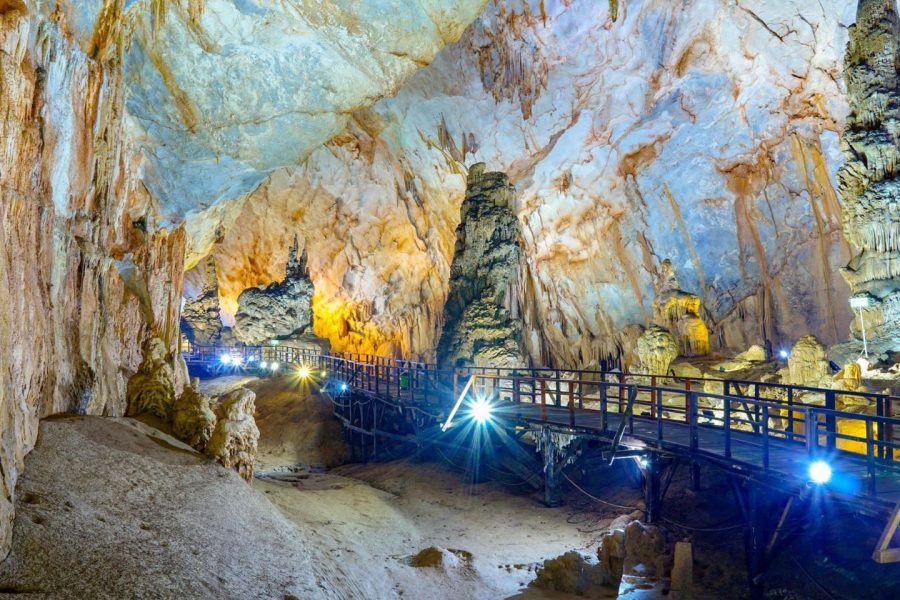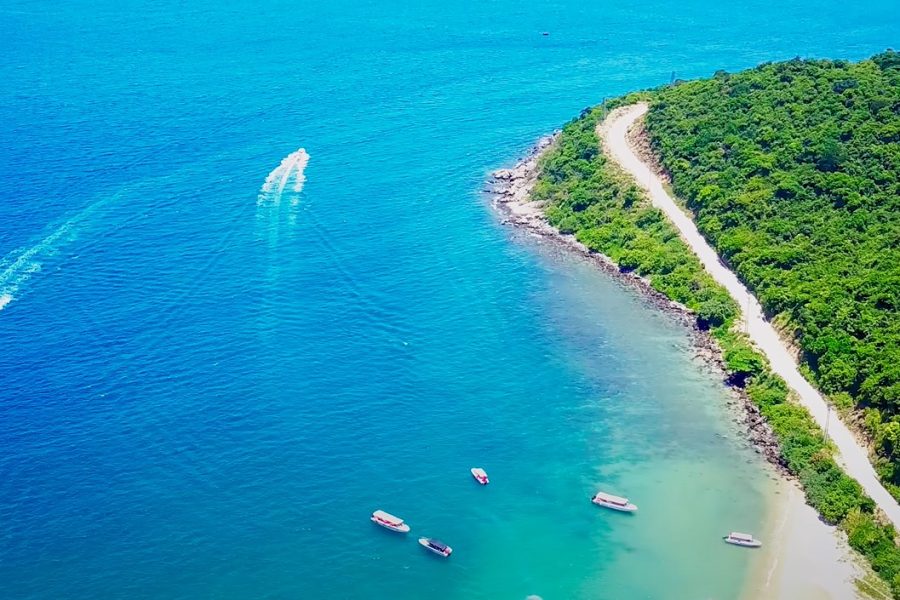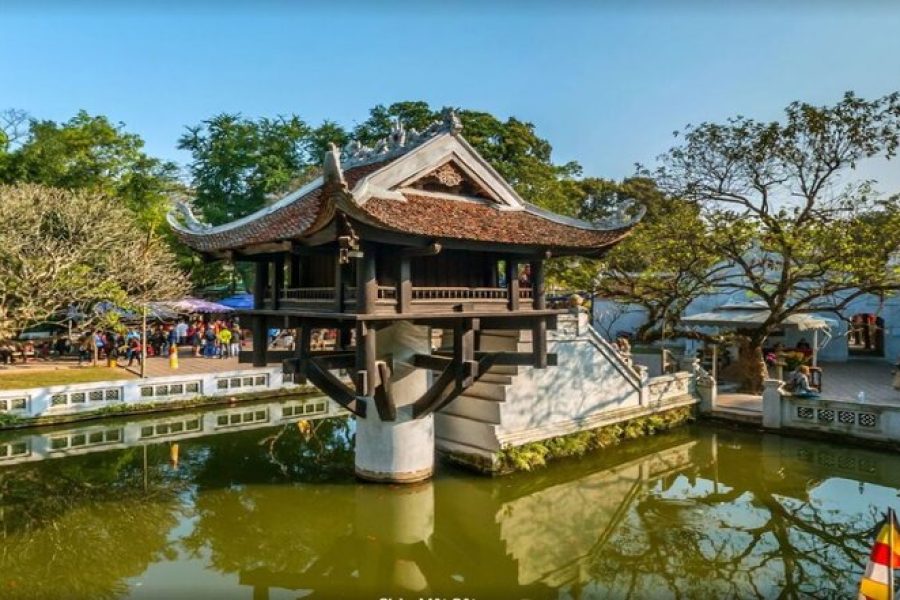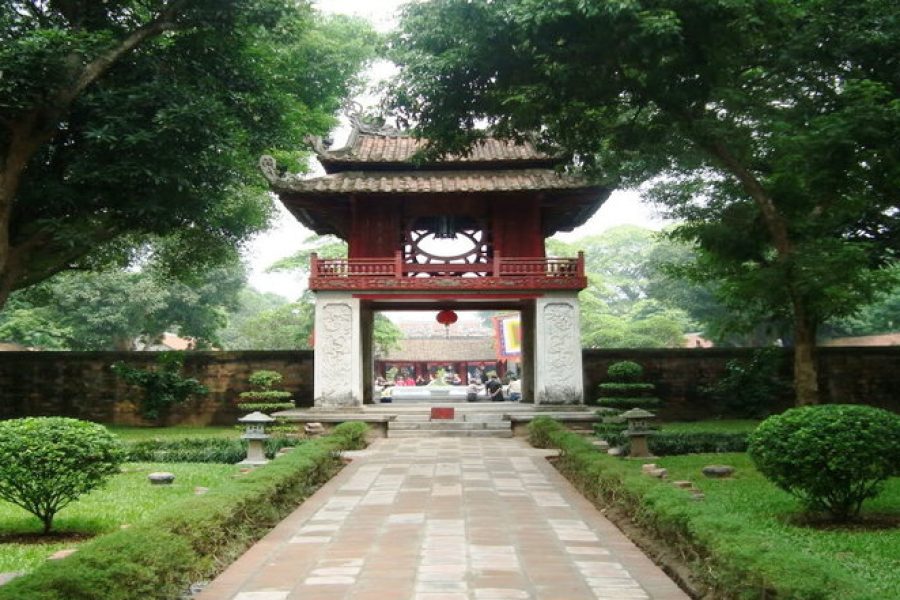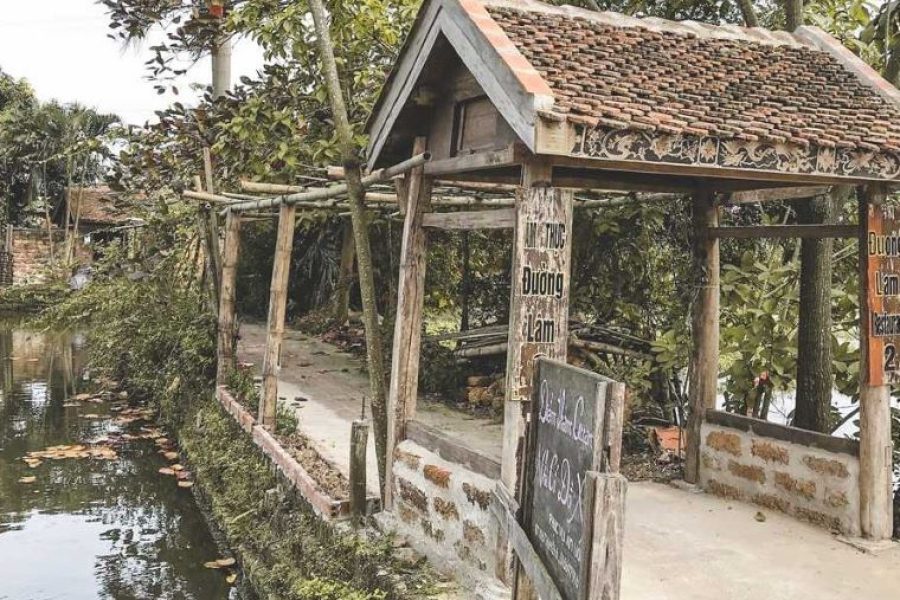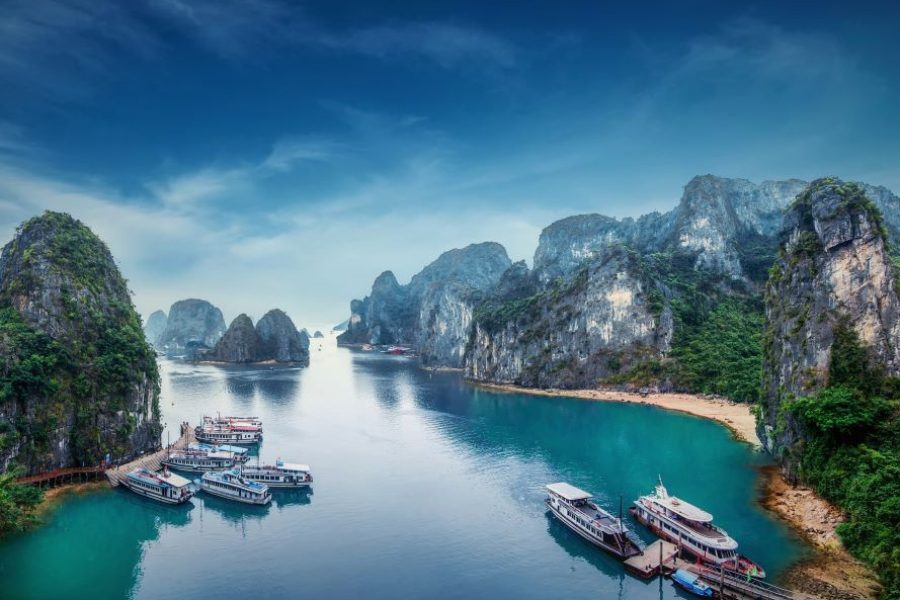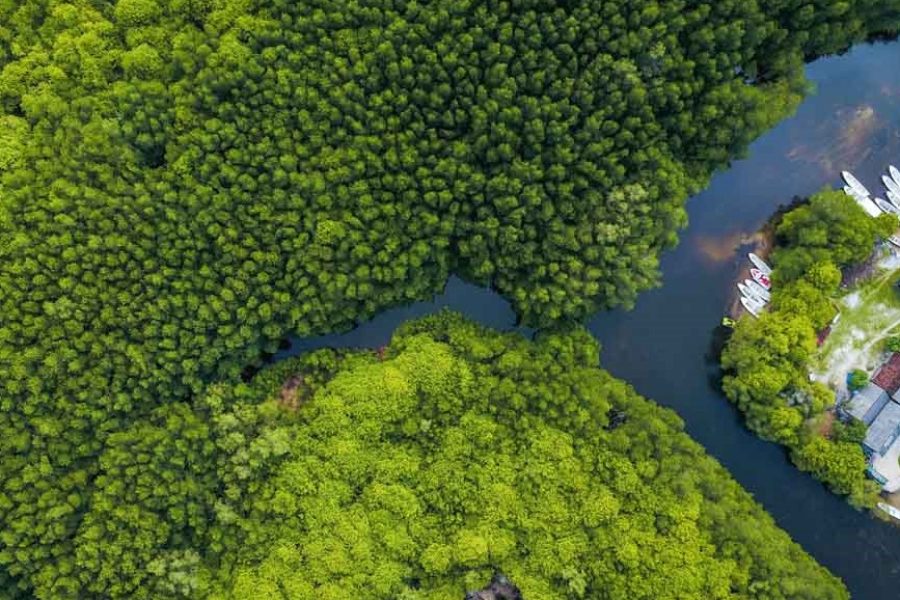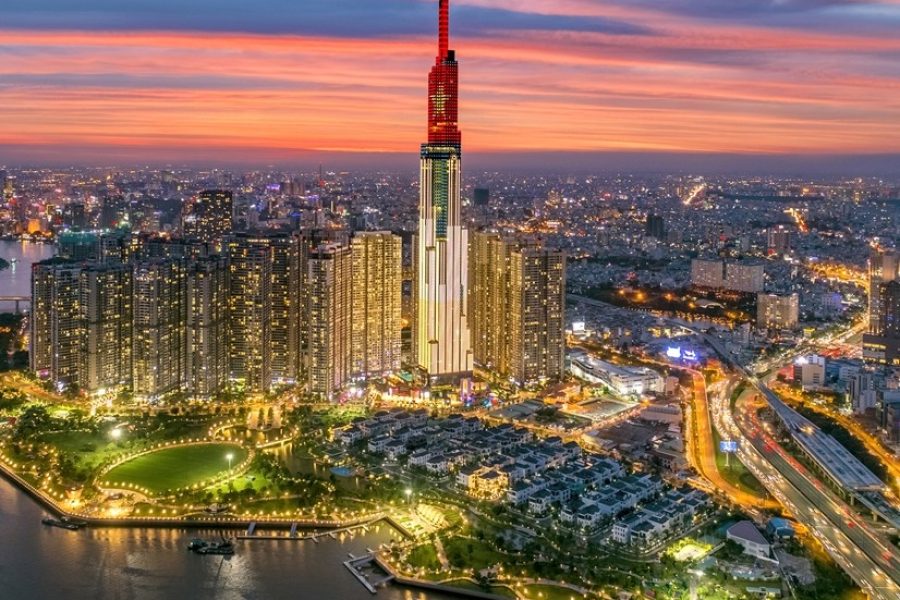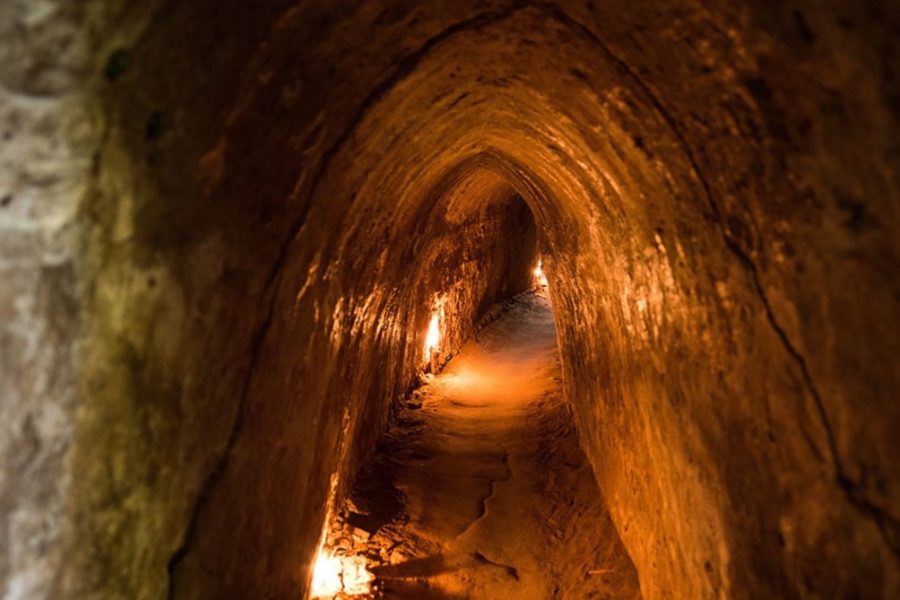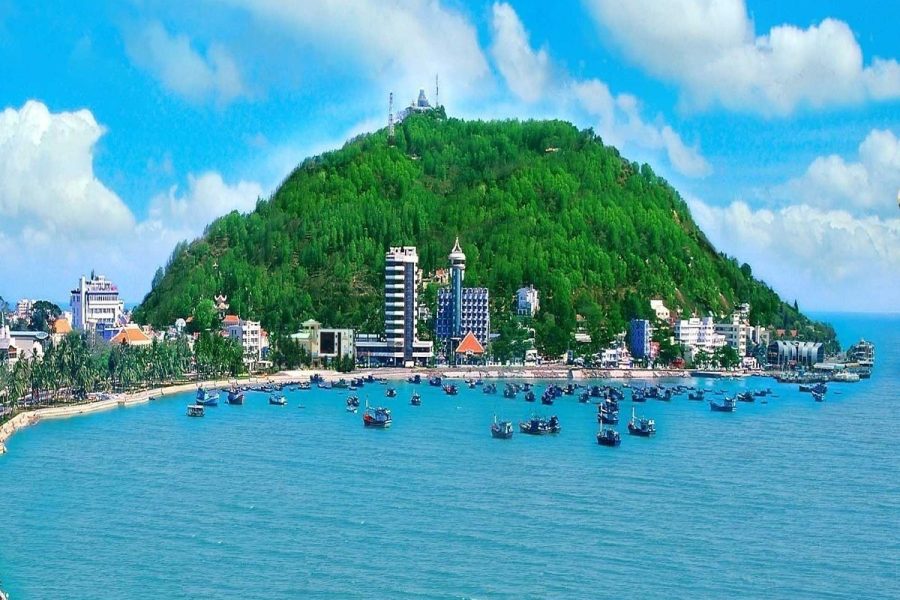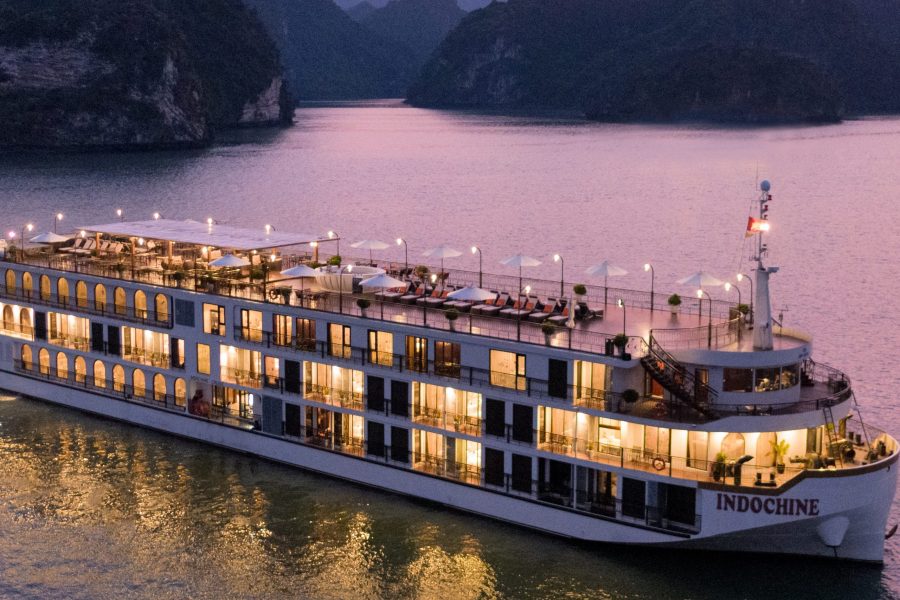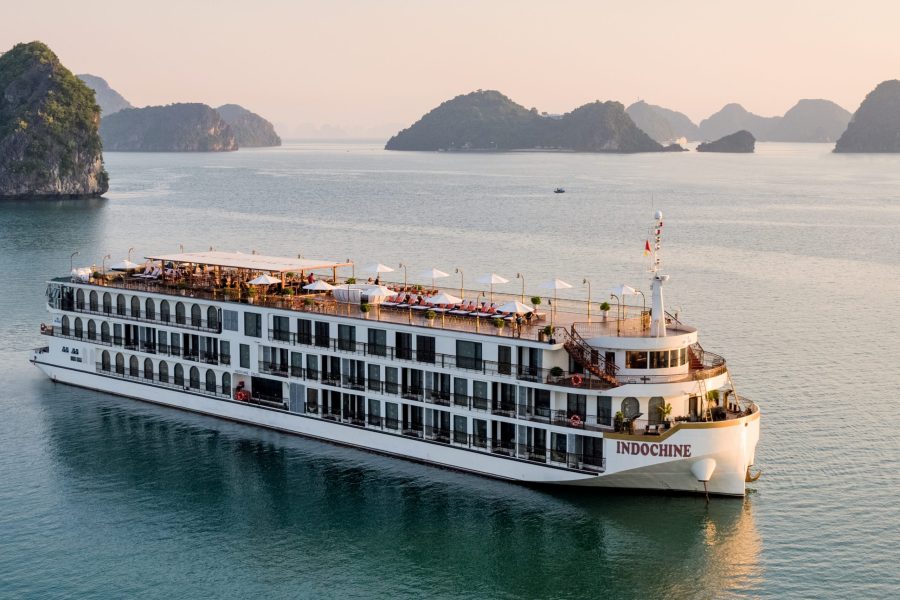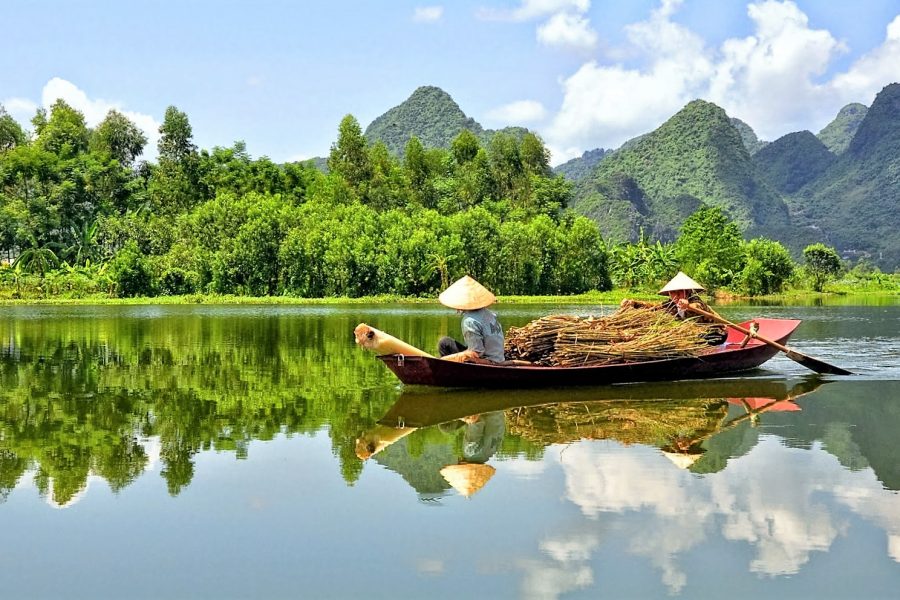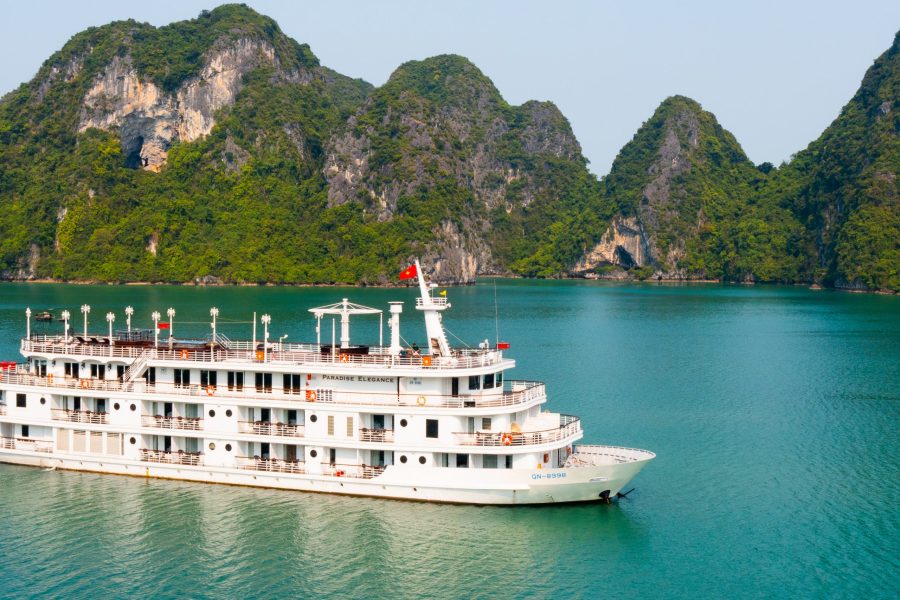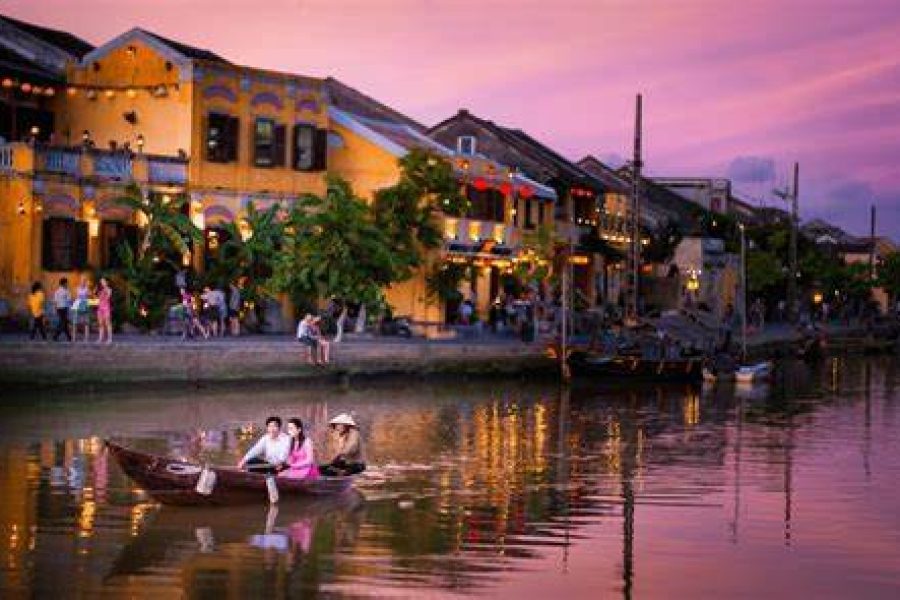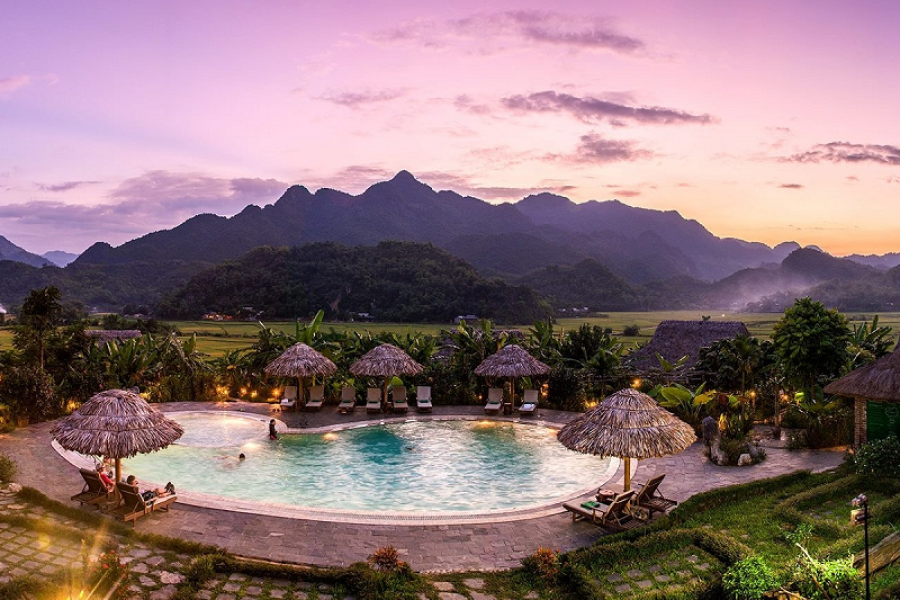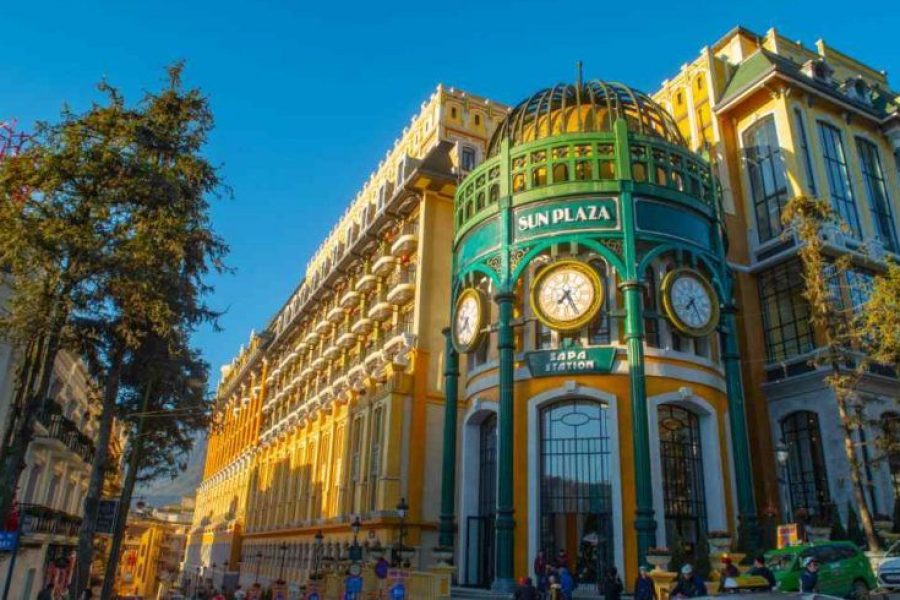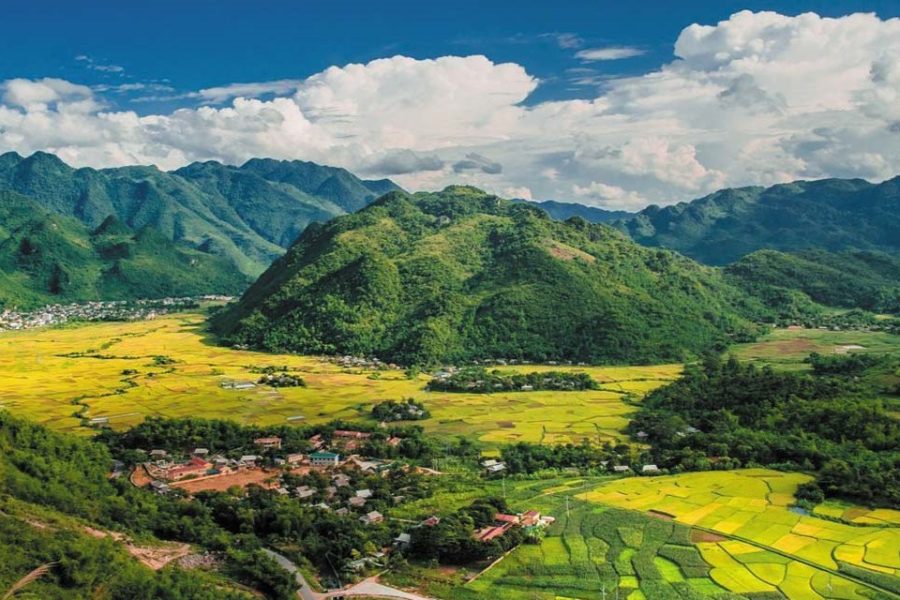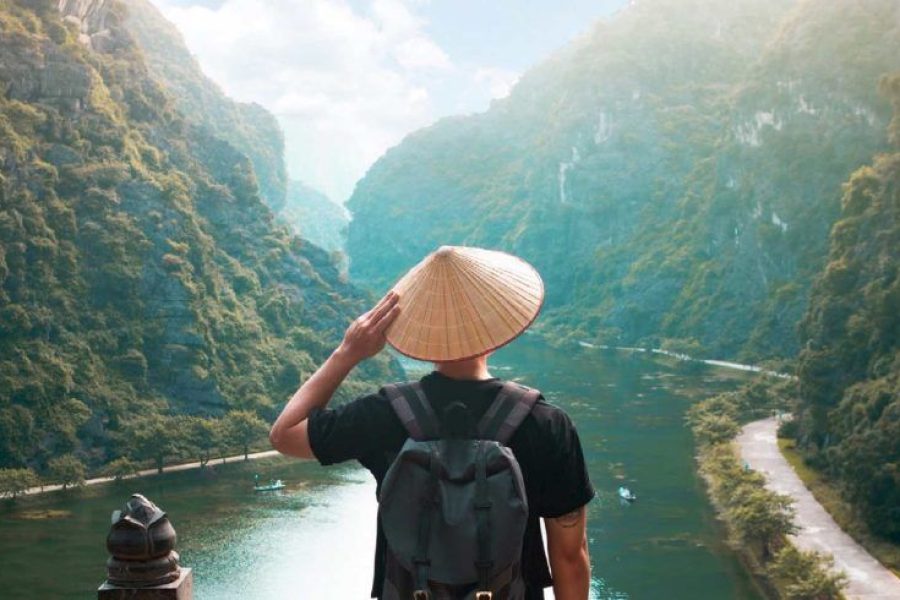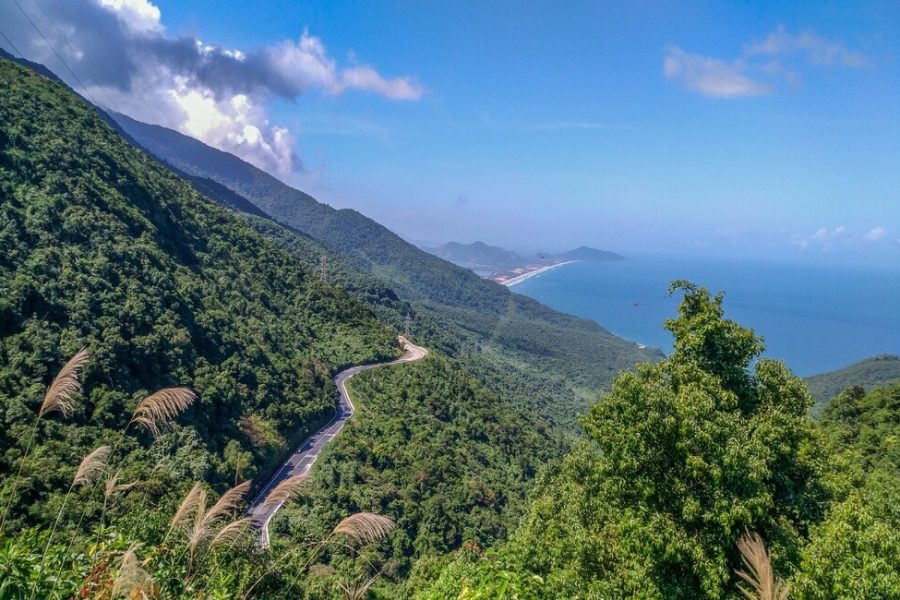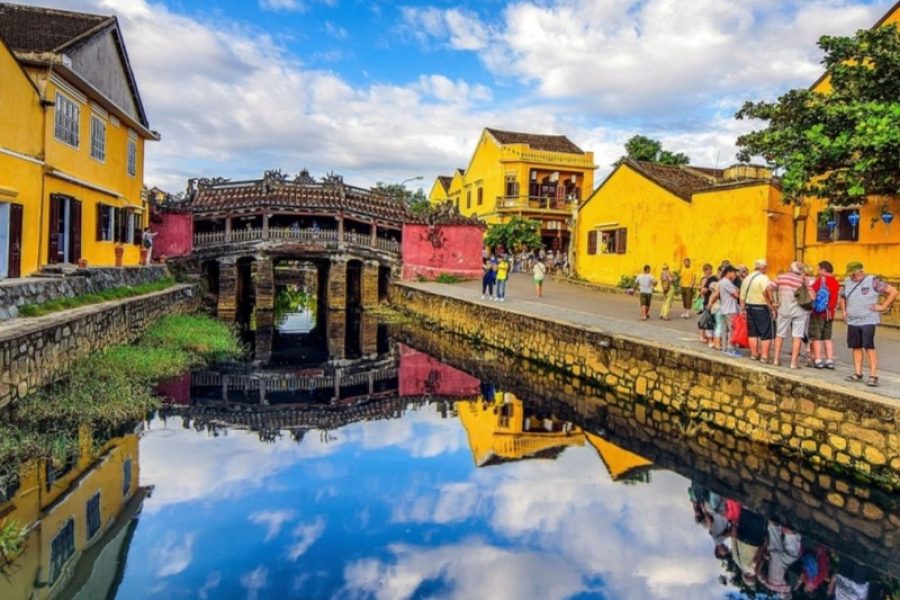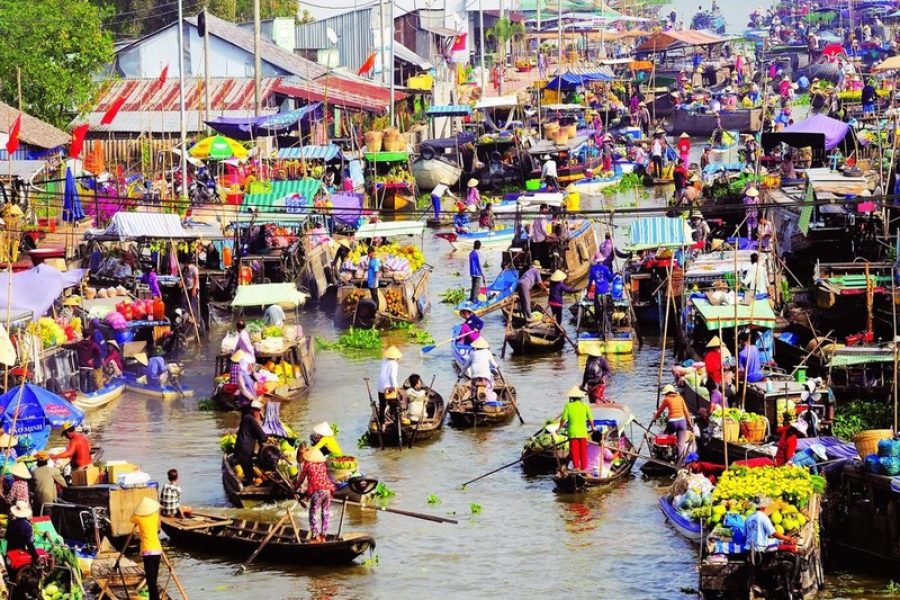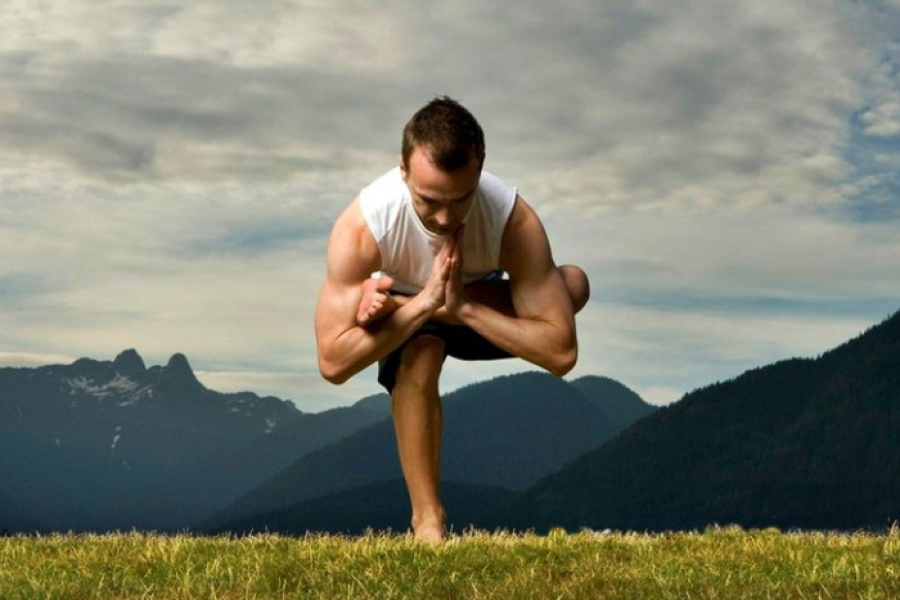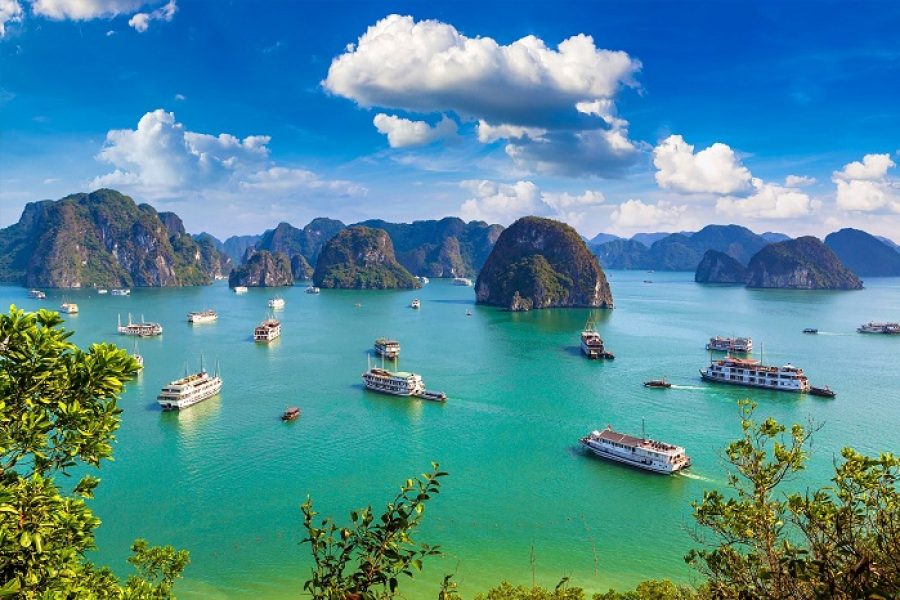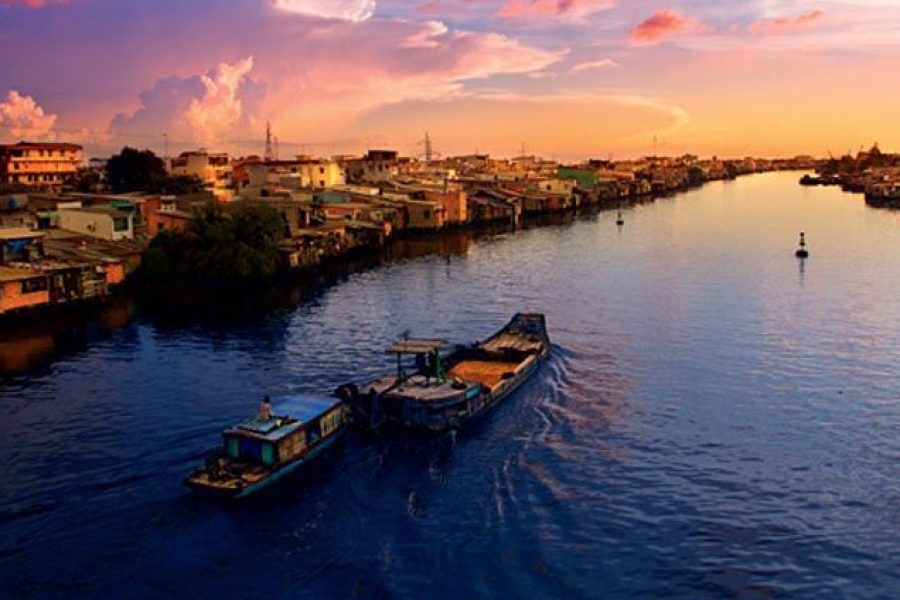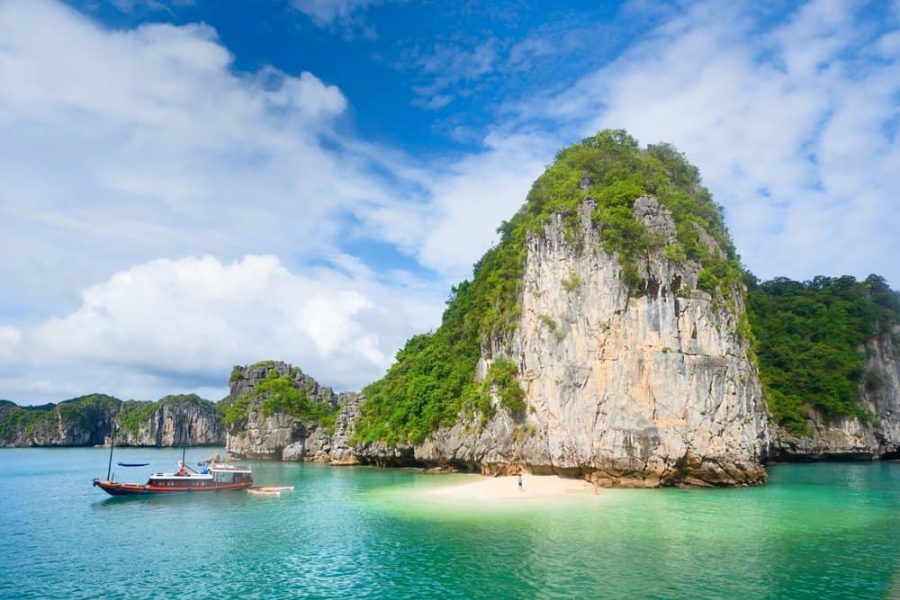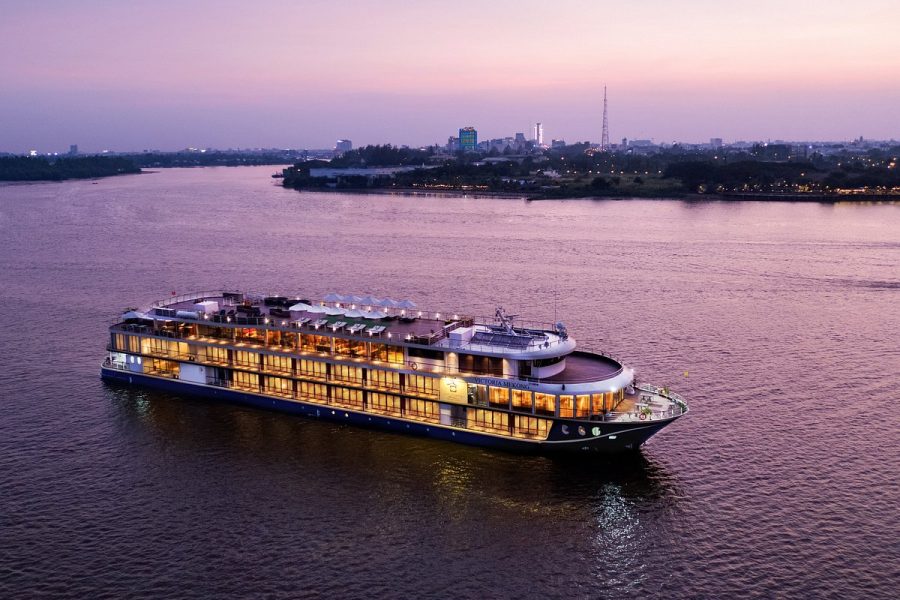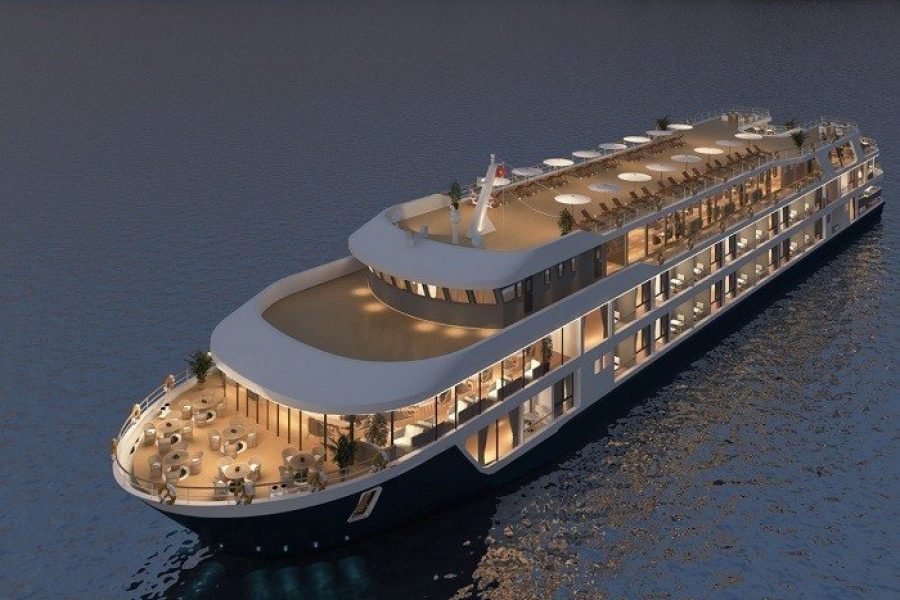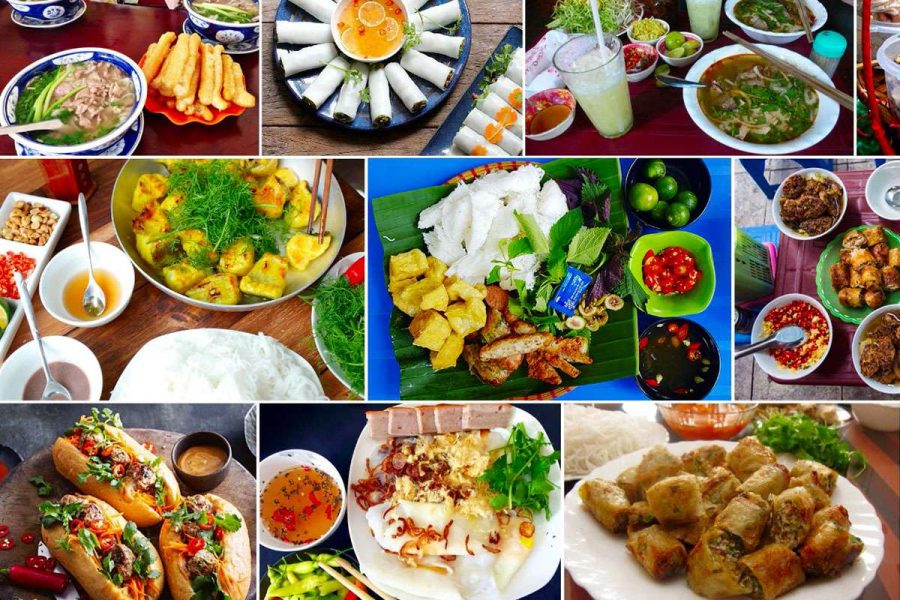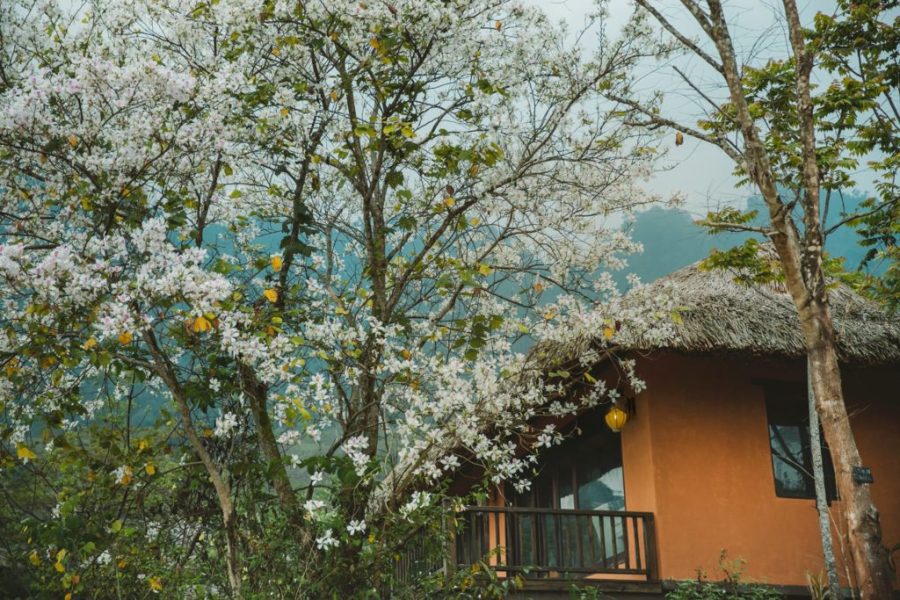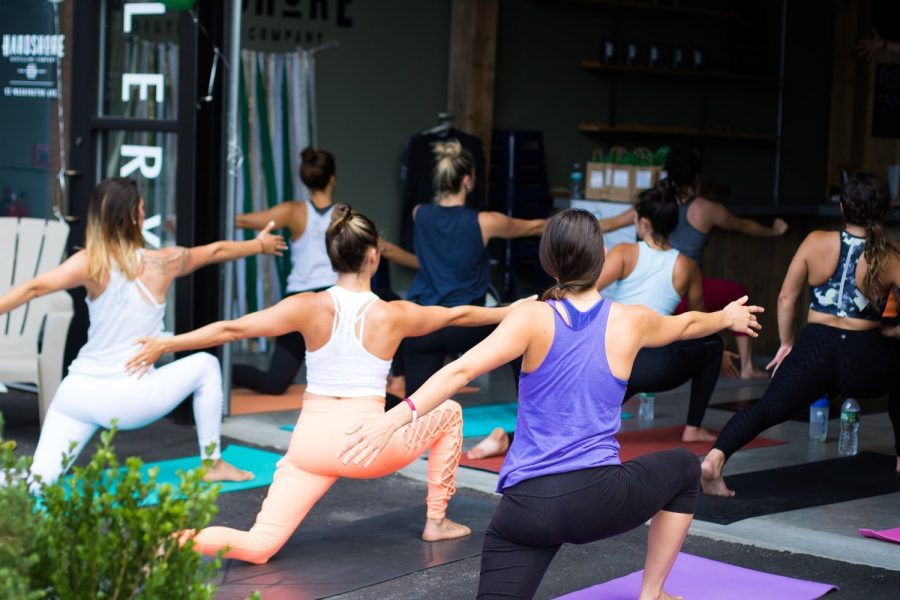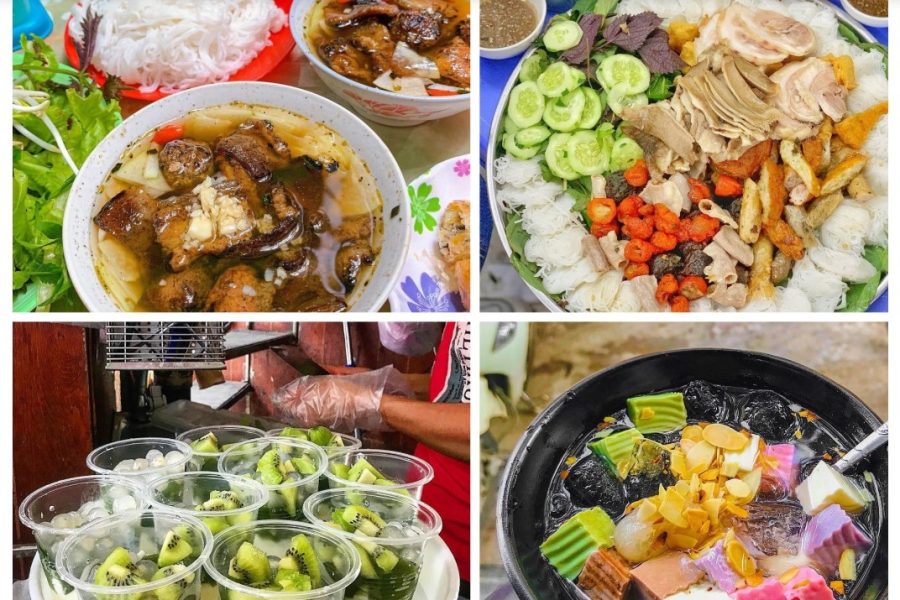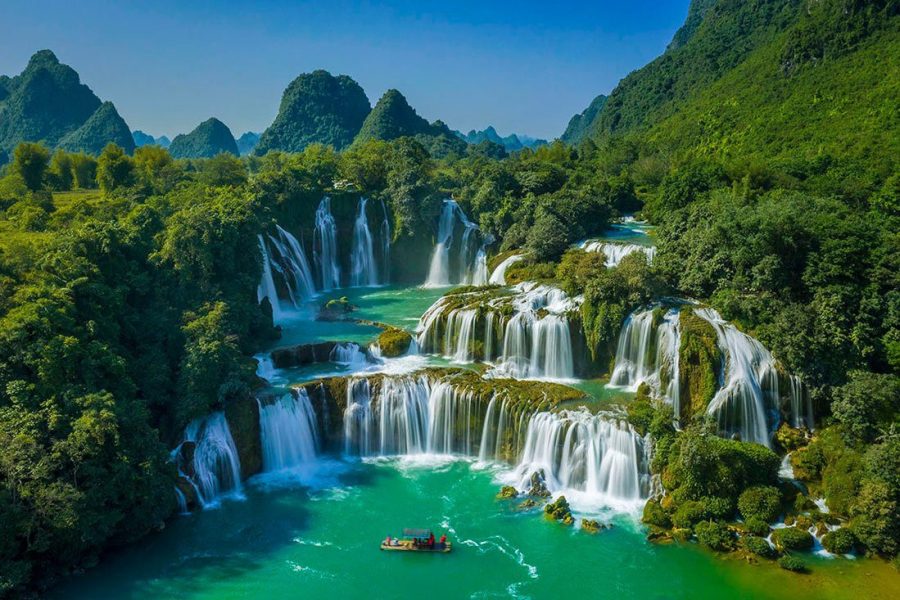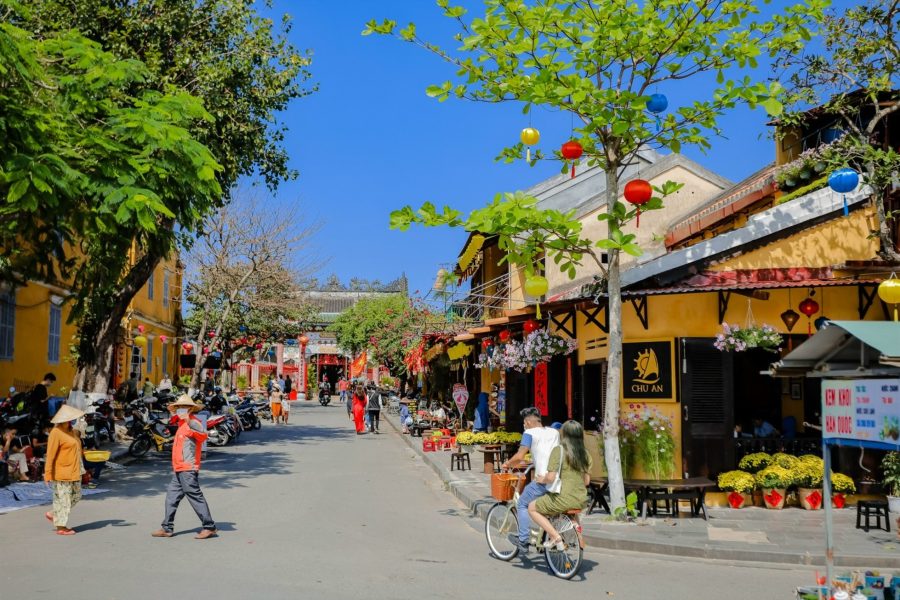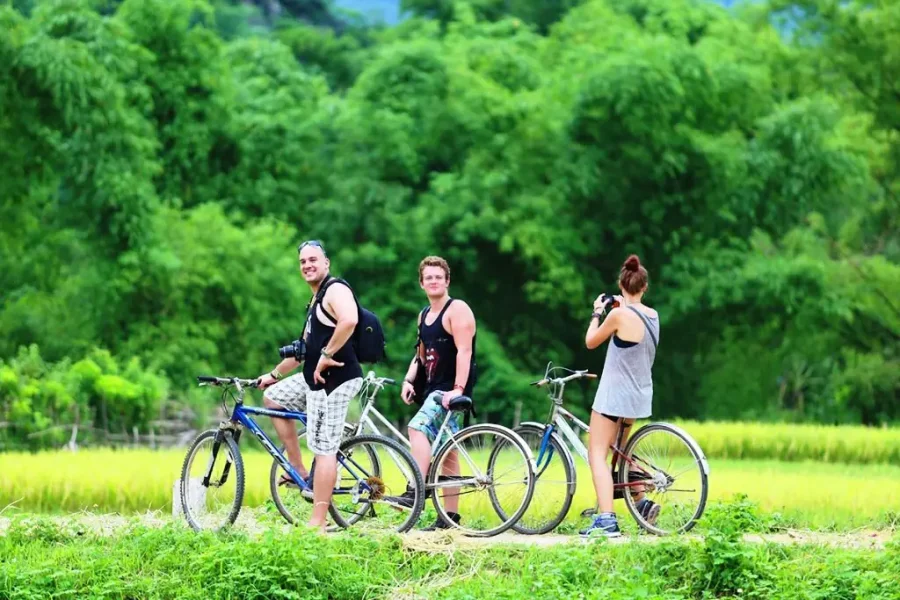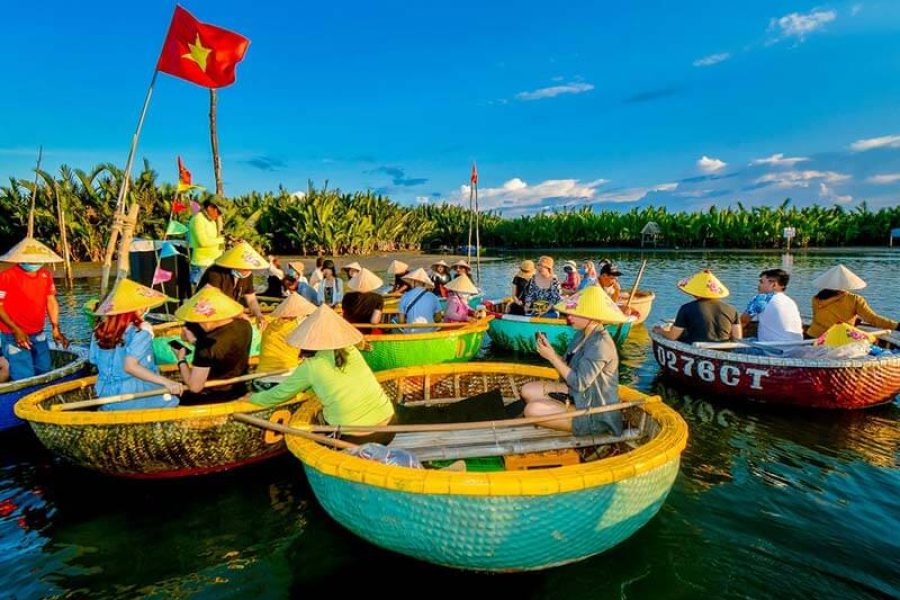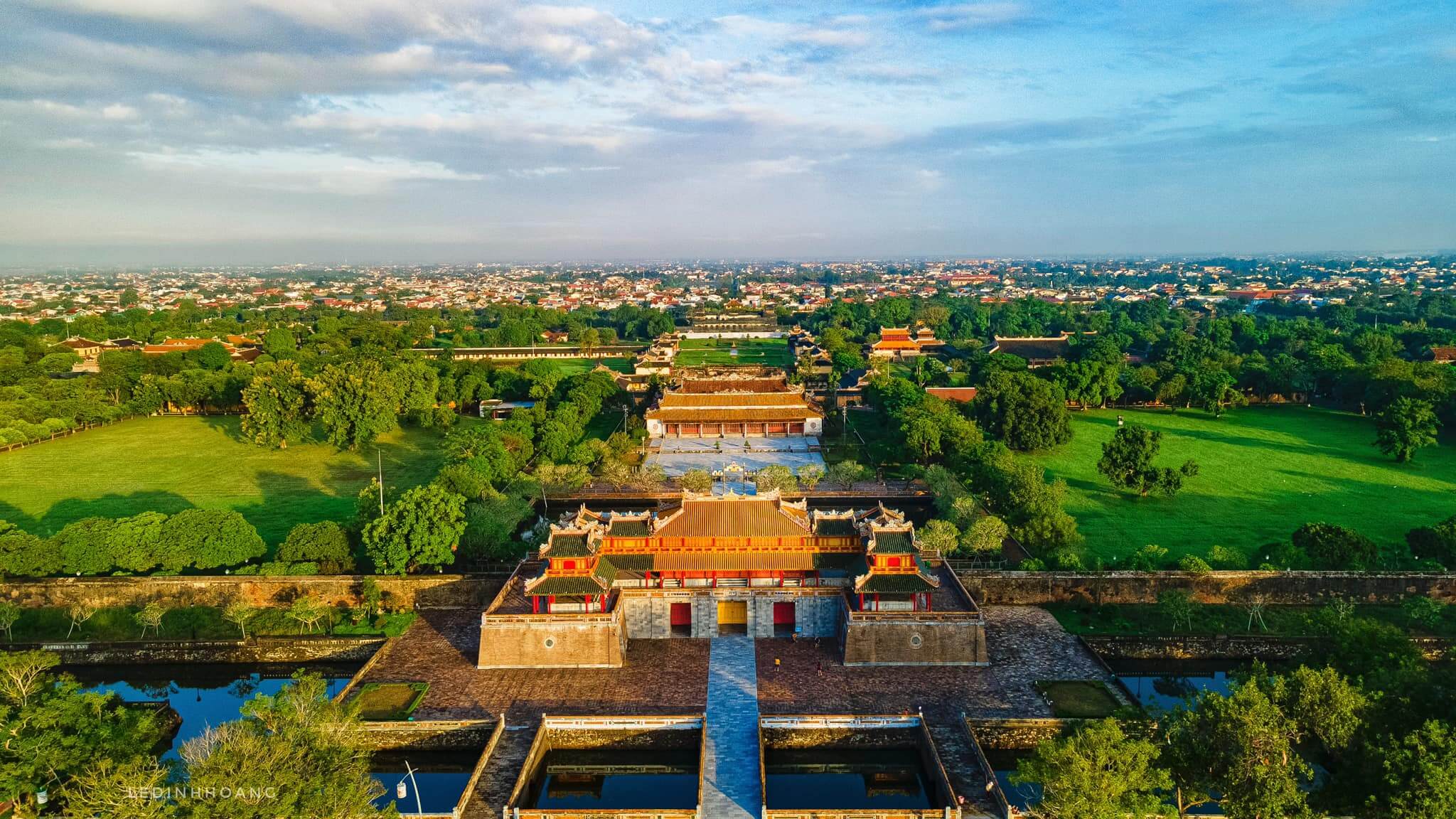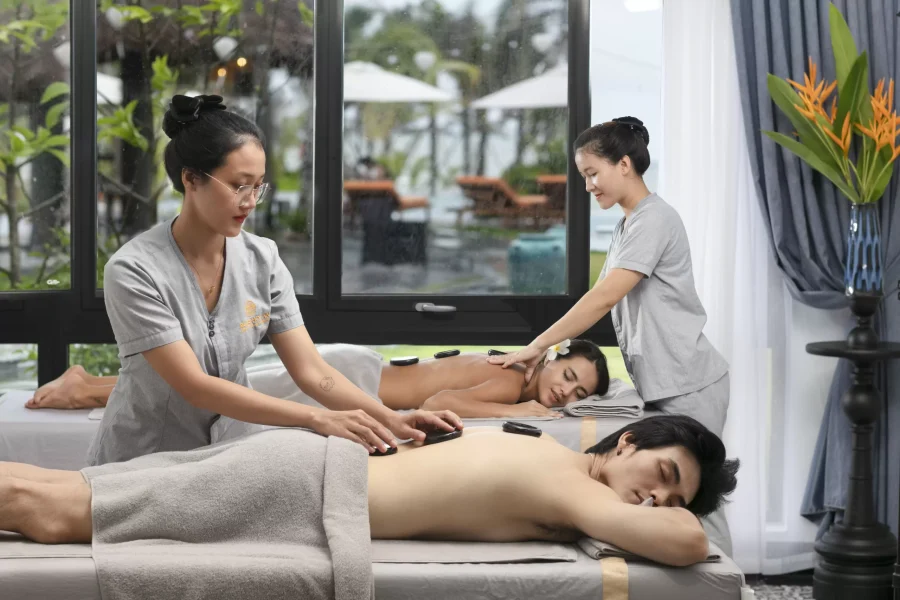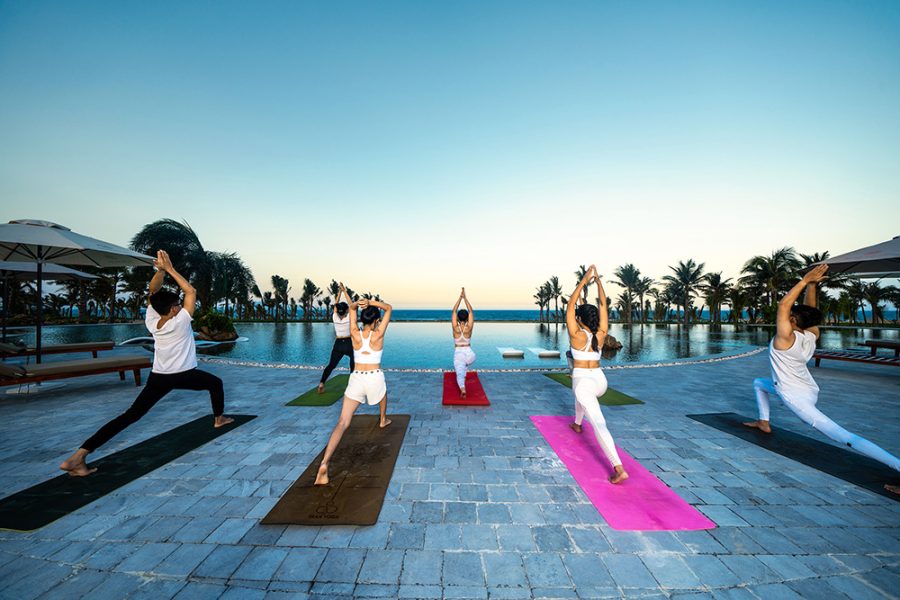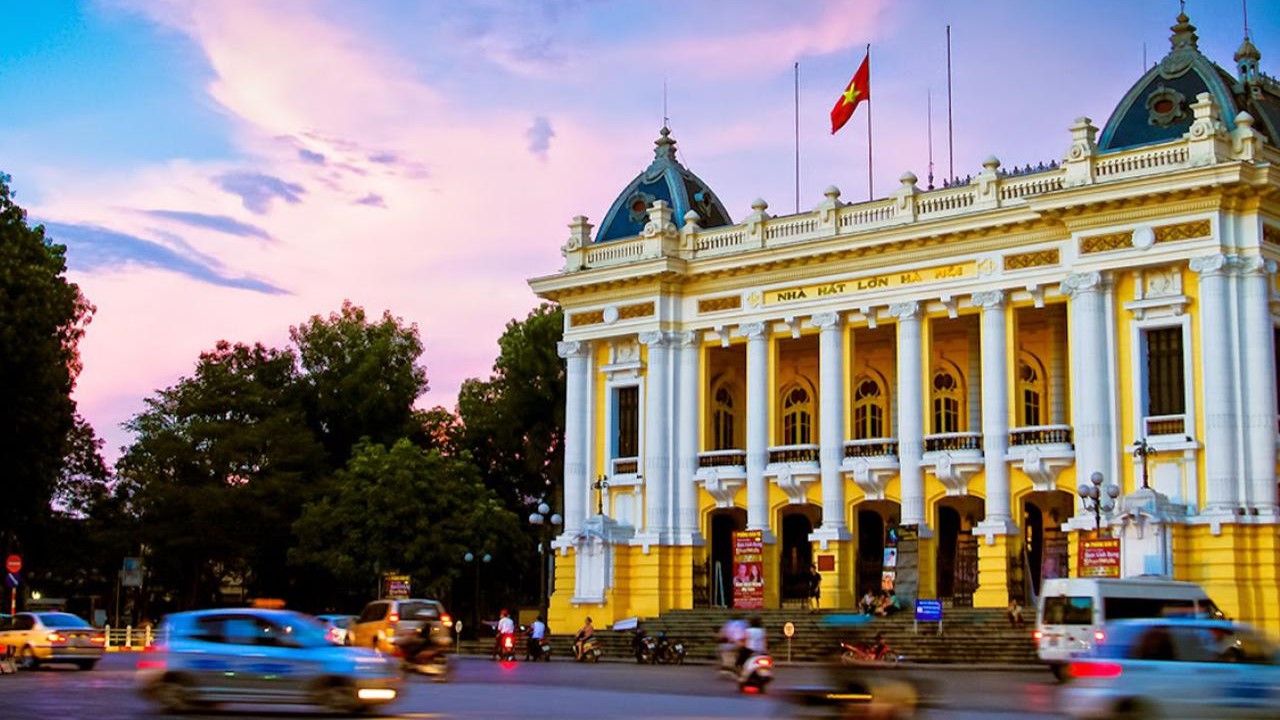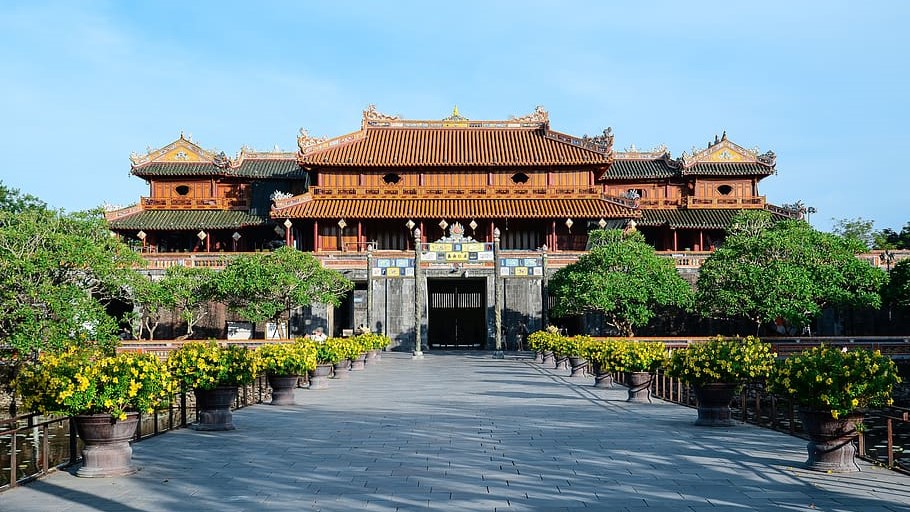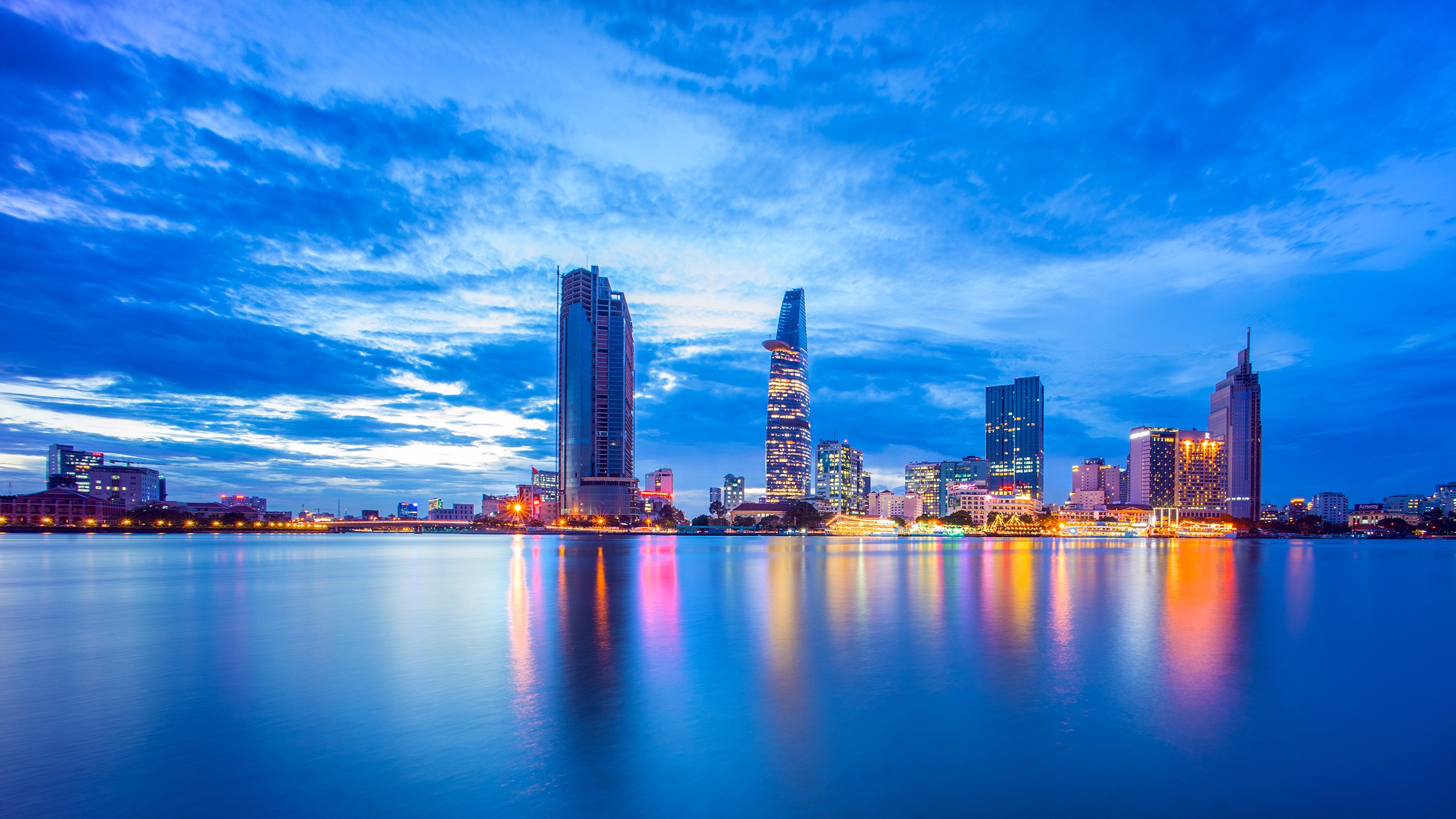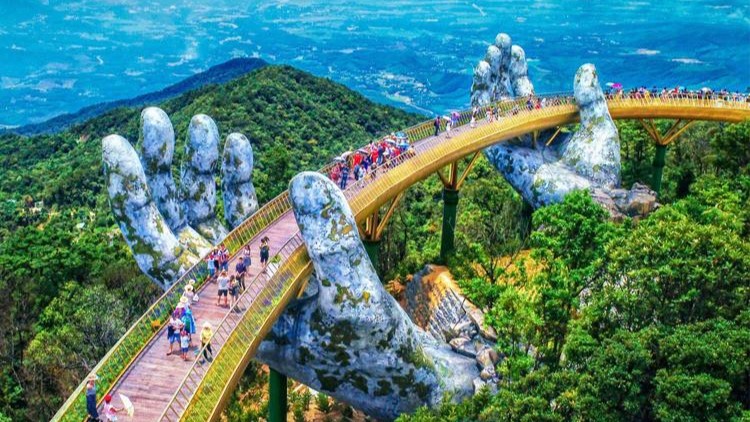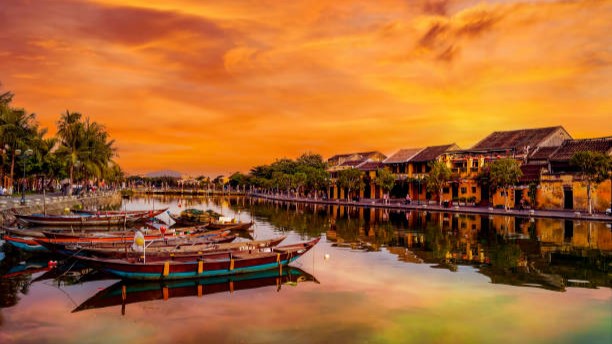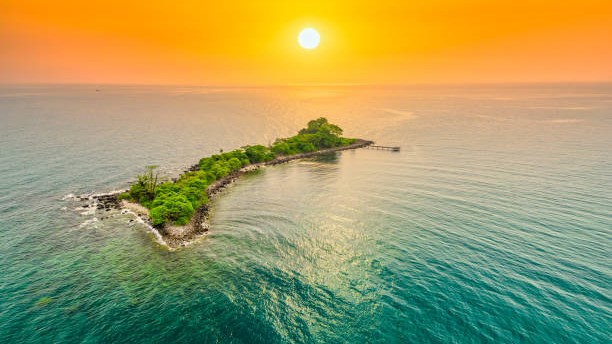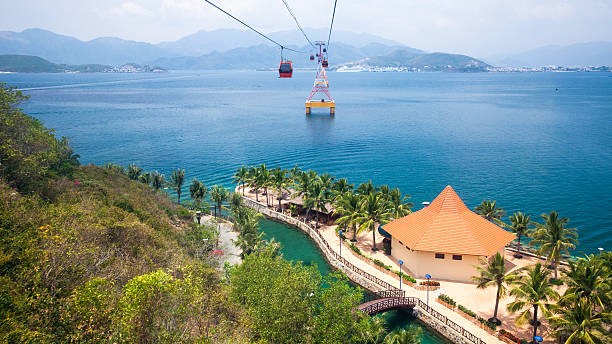Overview of Hanoi
Hanoi is one of the important cultural, political, commercial, and tourist centers of Vietnam. Hanoi, through more than a thousand years of history, has become a famous tourist destination around the world. Traveling to Hanoi is an extremely attractive experience for both domestic and foreign tourists.
Hanoi is a city that preserves the cultural and historical values of the nation. Along with the development of society, besides the ancient and traditional features, Hanoi also has modern features, a dynamic life rhythm, and cultural beauty, combined with youthful features, all of which contribute to a Hanoi. The interior is colorful and charming enough to attract any guest from afar.
Coming to Hanoi, visitors have the opportunity to explore many cultural and artistic works, beautiful and charming natural landscapes, or ancient alleys, along with the outstanding typical cuisine in Hanoi.
Amazing things to do in Hanoi, Vietnam
Visiting President Ho Chi Minh’s mausoleum, Ba Dinh Square, Ho Chi Minh Museum
Visiting President Ho Chi Minh’s mausoleum
President Ho Chi Minh’s mausoleum, also known as Uncle Ho’s Mausoleum, is the resting place of Uncle Ho. This is the work with the most precious cultural value of the nation and the pride of the country with foreign tourists.
The landscape around the mausoleum is green, with more than 250 species of plants; each tree and each flower planted have their own meaning. In front of and behind the mausoleum are planted 79 perennials, symbolizing the 79 years of President Ho Chi Minh’s life.
Every Monday and Friday, Uncle Ho’s mausoleum will be closed. If that day coincides with the holidays of May 19, September 2, and the 1st of the Lunar New Year, Uncle Ho’s Mausoleum is still open to welcome visitors.
Completely free tickets are available for all Vietnamese when visiting.
Collect 1.05 USD for foreigners when visiting the mausoleum.
Ba Dinh square
Ba Dinh Square is the largest square in Vietnam, located on Hung Vuong Street, in front of the Ho Chi Minh Mausoleum.
Ba Dinh Square has a large campus with many large grass squares that are images of mats spread on communal courtyards in ancient Vietnamese villages, interspersed with a 1.4-meter-wide walkway. In the middle of the square is the national flagpole.
Ho Chi Minh Museum
Ho Chi Minh Museum, located south of Ba Dinh Square (behind the Ho Chi Minh Mausoleum), is one of the favorite destinations of many domestic and foreign tourists when traveling to Hanoi for one day.
Discovering the unique One Pillar Pagoda
One Pillar Pagoda is an ancient temple in Vietnam built during the reign of King Ly Thai Tong. It is also known by many different names, such as Mat Pagoda, Lien Hoa Dai, or Dien Huu Tu. The pagoda was built entirely on a single pillar in the middle of a lotus pond.
One Pillar Pagoda is one of the most unique architectural temples in Asia and a cultural symbol and spiritual destination in Hanoi, the Vietnamese capital.
Walking around Hoan Kiem Lake
Hoan Kiem Lake is a natural freshwater lake located in the center of Hanoi, also known by other names such as Sword Lake, Luc Thuy Lake, or Ta Vong Lake. Sword Lake with its azure water, surrounded by trees casting shadows on the surface of the water, creates a romantic beauty. This is the perfect place for an afternoon stroll in Hanoi.
Turtle Tower is located in the middle of Sword Lake and also has other famous heritages such as Pen Tower, Dai Nghien, The Huc Bridge leading to Dac Nguyet Floor, or Tran Ba communal house on the entrance to Ngoc Son temple… creating an image of Hoan Kiem Lake bearing a characteristic imprint in the hearts of tourists.
Exploring Hanoi’s Old Quarter
Hanoi’s Old Quarter has long been famous for its 36 streets. This is a busy and bustling trading place for Ha Thanh people from ancient times to the present. Not only that, but this place also preserves and faithfully reproduces the cultural and historical values of the people of the capital.
Hanoi’s Old Quarter seems to have become a must-visit place for most tourists when traveling in Ha Thanh. Coming to the old town, you will admire the beauty of the architecture, quiet lifestyle, and culture of the landscape and people here.
Visiting Ma May Ancient House and St. Joseph’s Church in Hanoi’s Old Quarter
Ma May Ancient House
Ma May ancient house is one of the ancient houses with typical Hanoian architecture. This old house was built around the end of the 19th century and changed owners many times. At the same time, it is also a place to combine the display of handicraft products from craft villages, such as tea, silk weaving, ceramics, etc.
Saint Joseph’s Church
Saint Joseph’s Church, also known as Hanoi Cathedral, is hundreds of years old and one of the first architectural works built by the French. Coming to this place, visitors will admire typical European medieval Gothic architecture, built to resemble Notre Dame Cathedral in Paris.
Experiences not to be missed when coming to Hanoi Cathedral: Attending services at the cathedral, Celebrate Christmas at the Cathedral, take “virtual living” photos with the Cathedral background, Enjoy specialties like the famous “lemon tea” of the Cathedral.
Visiting Hoa Lo Prison, a former prison turned museum
Hoa Lo Prison has the French name Maison Centrale. Hoa Lo Prison was originally built by the French to hold political prisoners. A place to witness barbaric crimes, the will, and the unyielding spirit of so many patriotic Vietnamese children.
After buying tickets to visit, there will be a guide for you to follow. From the first exhibition space, you will be able to go through many different areas in turn, with realistic images exposed right in front of your eyes.
Watching a traditional water puppet show at Thang Long Water Puppet
Water puppetry is a tradition dating back to the 11th century, originating in the villages of the Red River Delta in northern Vietnam. Water puppetry is a traditional folklore art bearing the imprint of the wet rice agricultural civilization.
Thang Long Water Puppet Theater is the place where Vietnamese water puppet shows take place. This art form attracts a lot of domestic and foreign tourists.
Visiting Hanoi Opera House
Hanoi Opera House is located on Cach Mang Thang Tam Square, overlooking Trang Tien Street. It is modeled after the Opéra Garnier in Paris but is smaller in size. The Hanoi Opera House is one of three large theaters that the French built during their time in Indochina.
Visiting Thang Long Imperial Citadel
Thang Long Imperial Citadel is a complex of relics of the ancient Thang Long citadel associated with the heroic history of thousands of years of national construction and defense of our nation. In 2010, UNESCO recognized Thang Long Imperial Citadel as a world cultural heritage.
Visiting the Temple of Literature Quoc Tu Giam
The Temple of Literature Quoc Tu Giam is a complex on the list of special national monuments of Vietnam and the pride of Vietnamese people. With a rich culture and long history, the relic has become an attractive destination for tours and the discovery of Hanoi tourism. At the same time, this is also the place where the boys and girls come to pray for good luck before each important exam.
